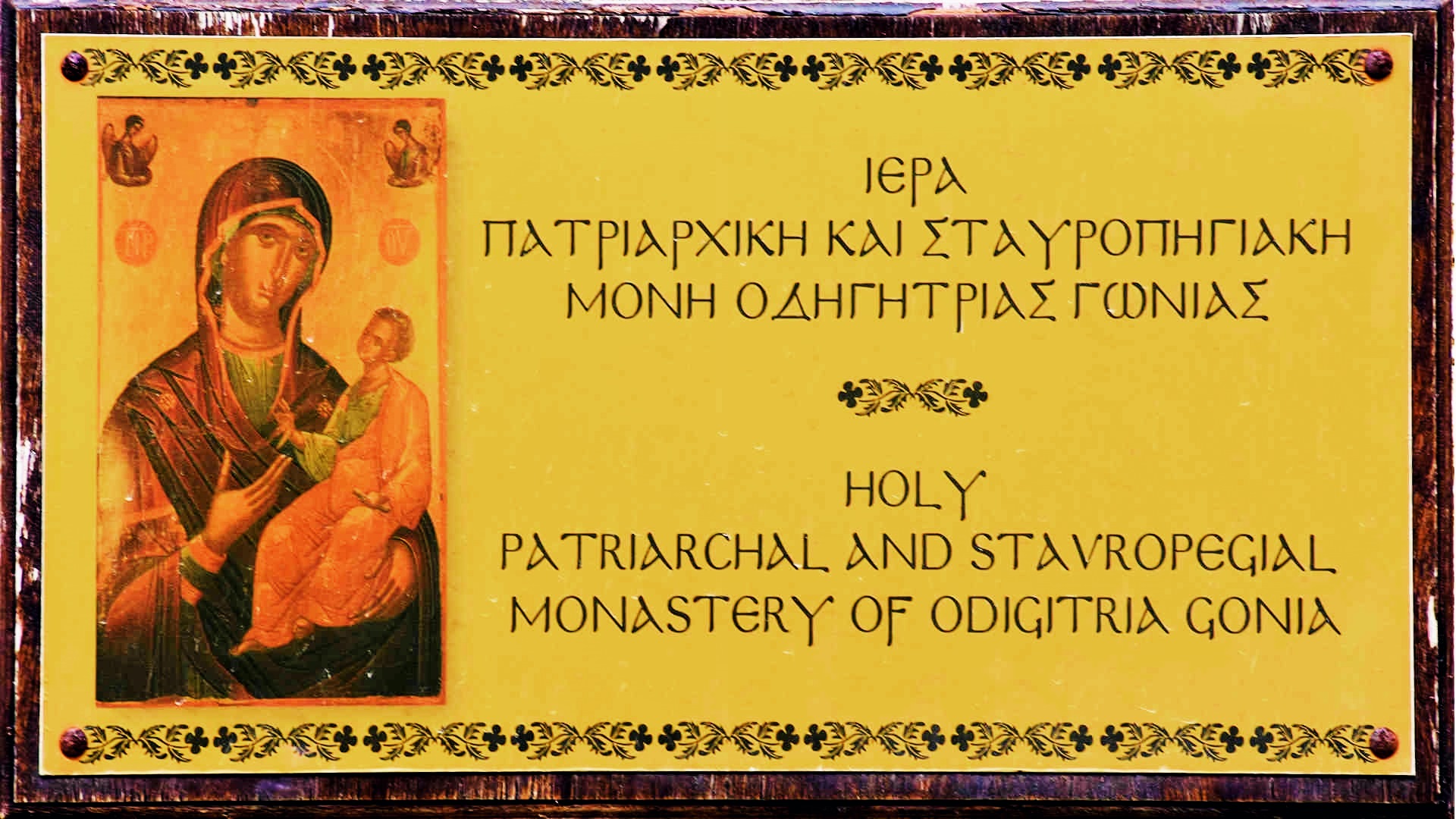
GONIA ODIGITRIA MONASTERY
Gonia Odigitria Monastery, also say Monastery of Our Lady of Gonia, or Lady of the Angels Monastery of Gonia – is an orthodox monastery on the Spatha Peninsula – on the seaside.
The monastery has a unique view: the bay of Chania.
Gonia: in English language: Corner – it was given this name, because is located on the edge of the Gulf of Chania.
From Kolymvari only 2 km – 26.8 km from Chania Venetian Port and 16.7 km from Kissamos.
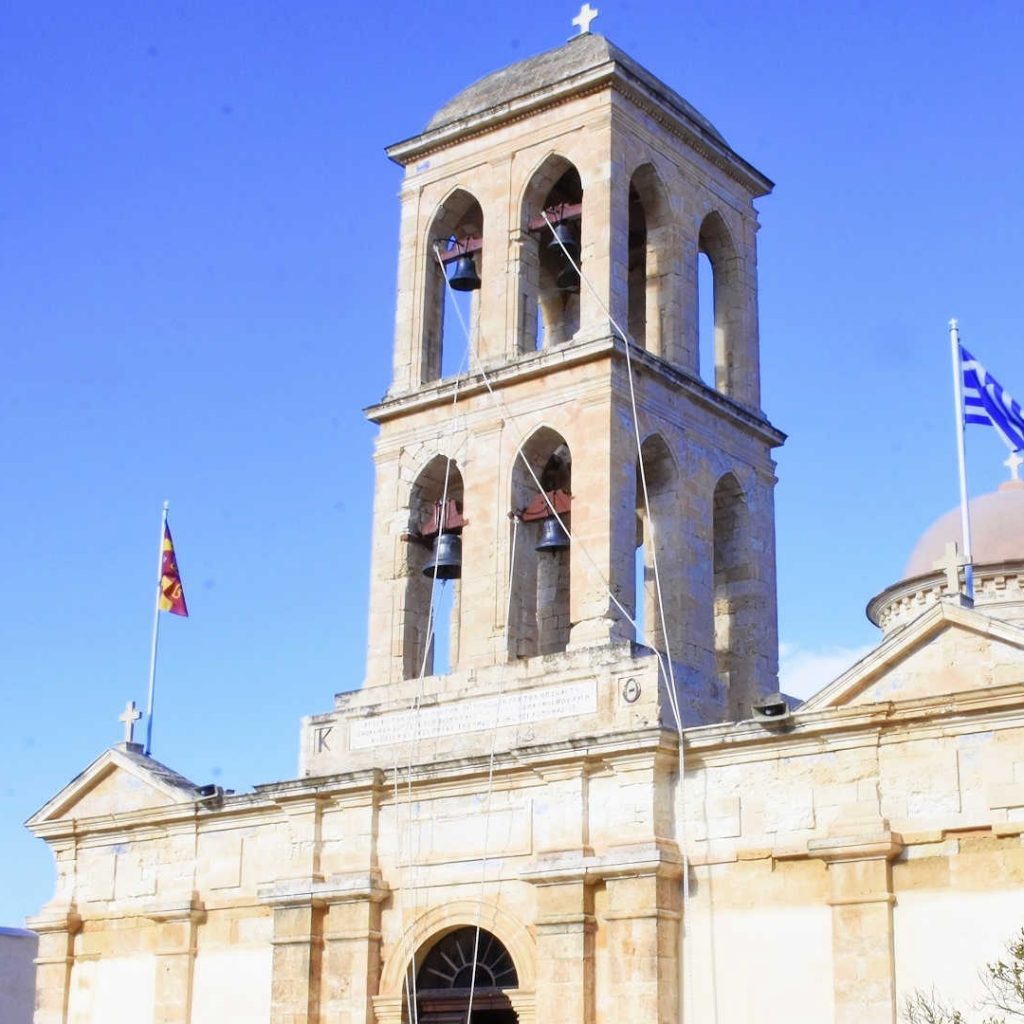
Opening Times:
in summer: daily from 9:00-1400 and from 16:00 – sunset
in winter: daily from 9:00-1400
Entrance fee: 2 euro
Tel. of the monastery: 28240-22281
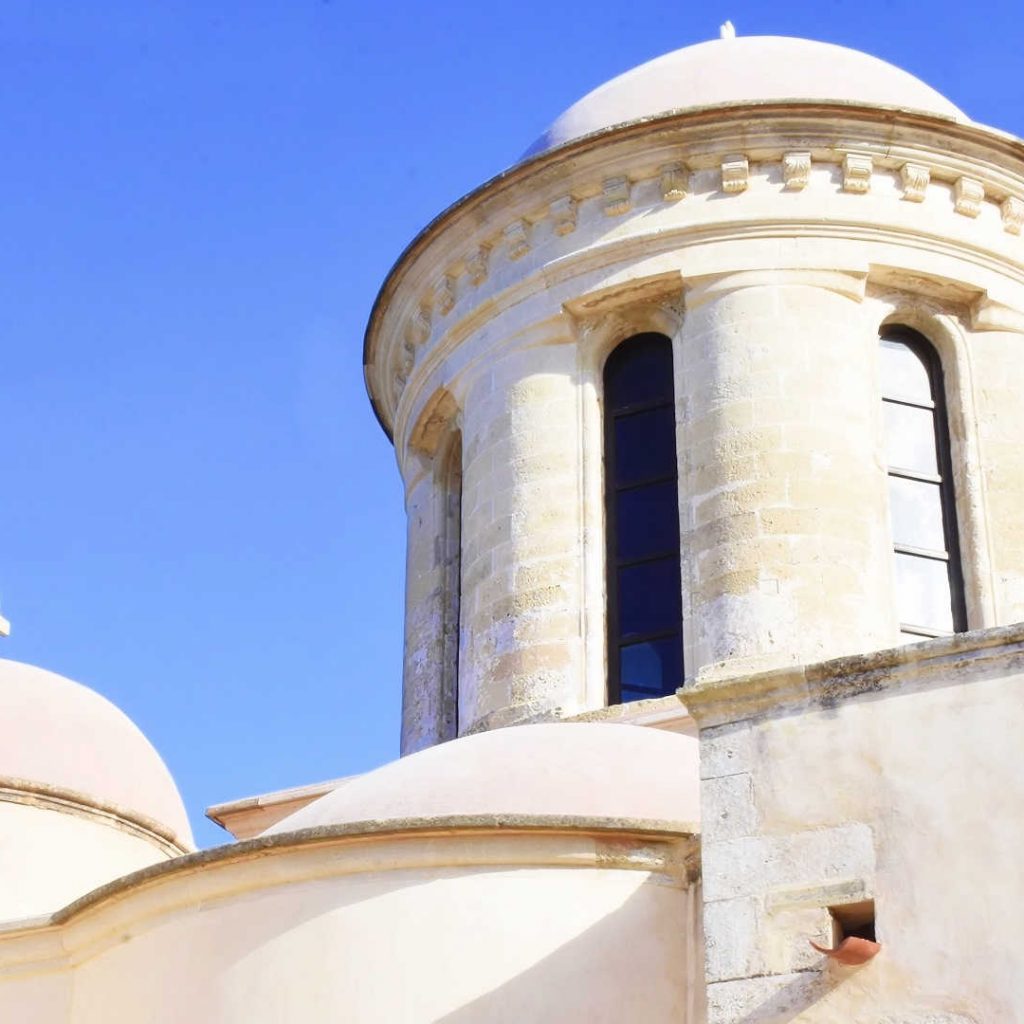
The History of the Gonia Odigitria Monastery
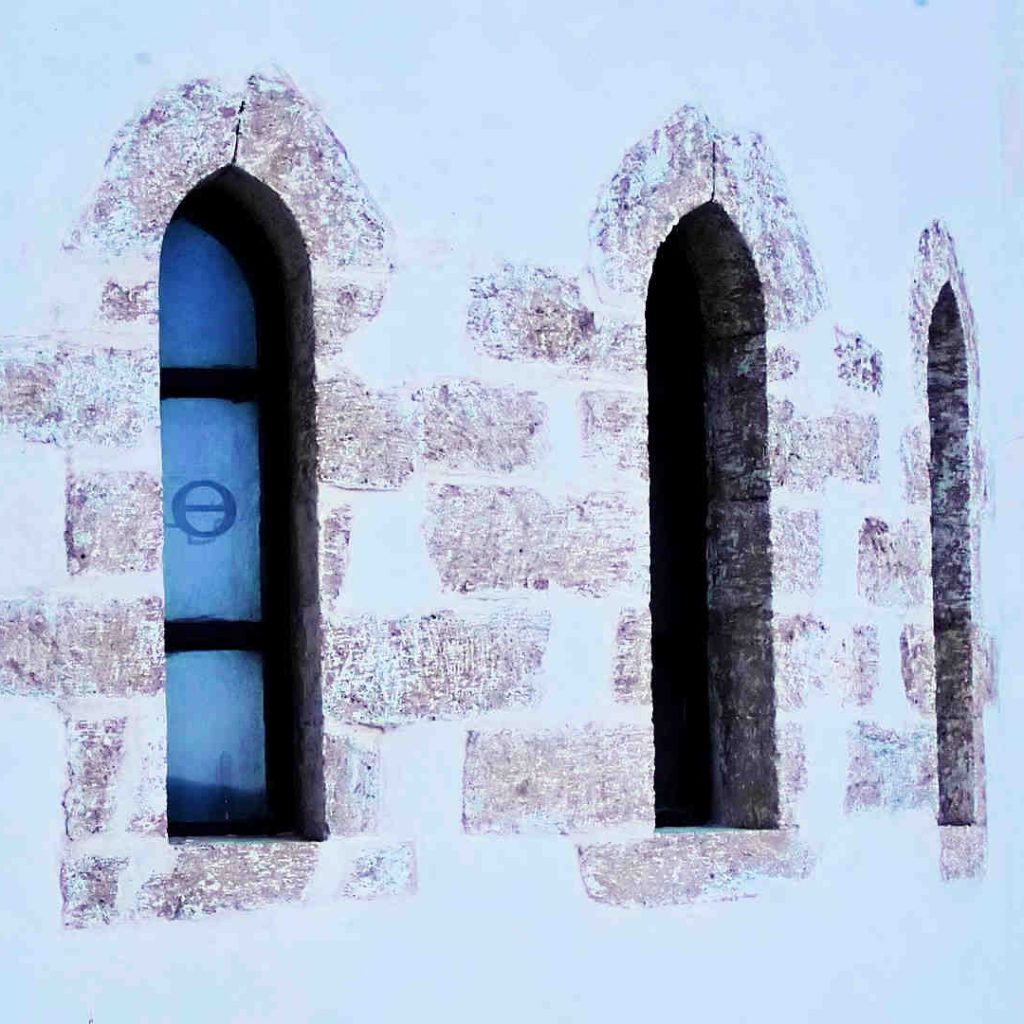
9th century – according to archaeological finds: the monastery was built by hermits on the ruins of the ancient church of Artemis Vritomartis (Diktynna) in this period – originally in honor of St. George
– the building complex was constantly threatened by attacks by pirates
13th century – according to excavations: the monastery was rebuilt. The monastery complex you can see today is located next to a burial site. The remains of the original 13th-century church are below the burial site.
1618 – Vlassios founded the monastery, which we see today
– monk Venedictos Tzagarolοs continued to manage the works
– the reconstruction was done in Venetian style
– the complex is surrounded by a high wall, similar to the fortresses of Venice
– the Gonia Monastery is a Venetian-style fortress monastery
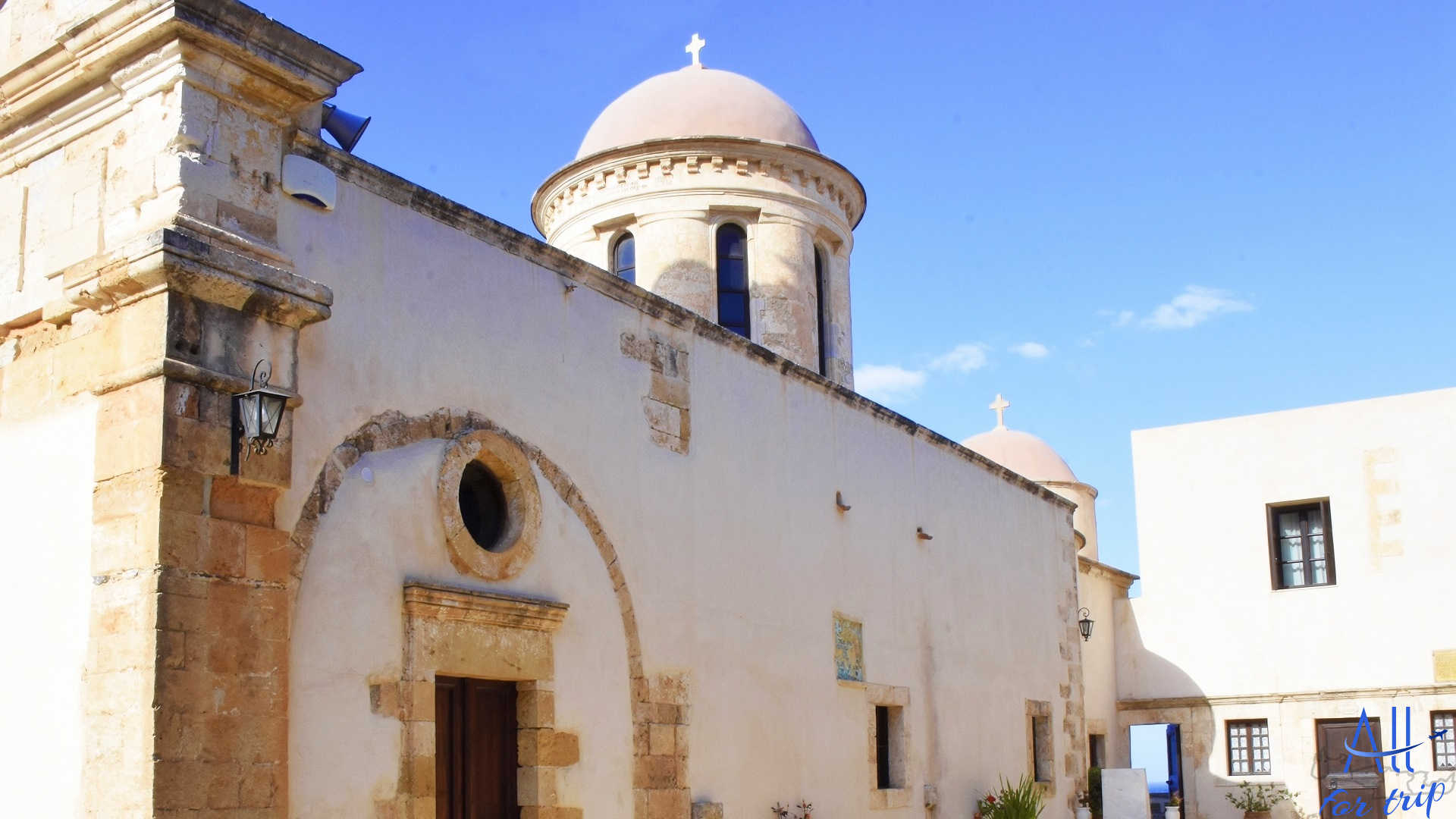
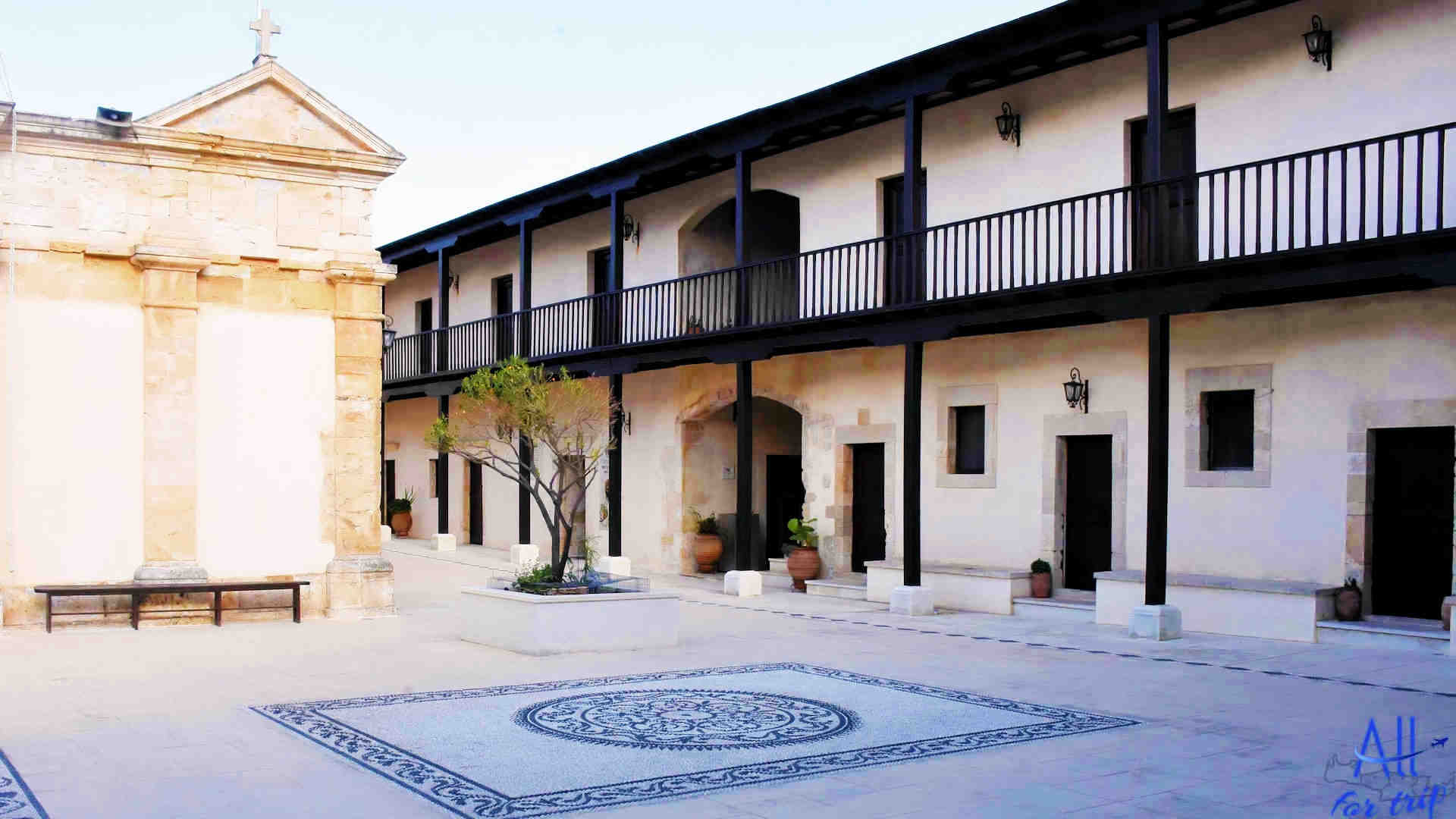
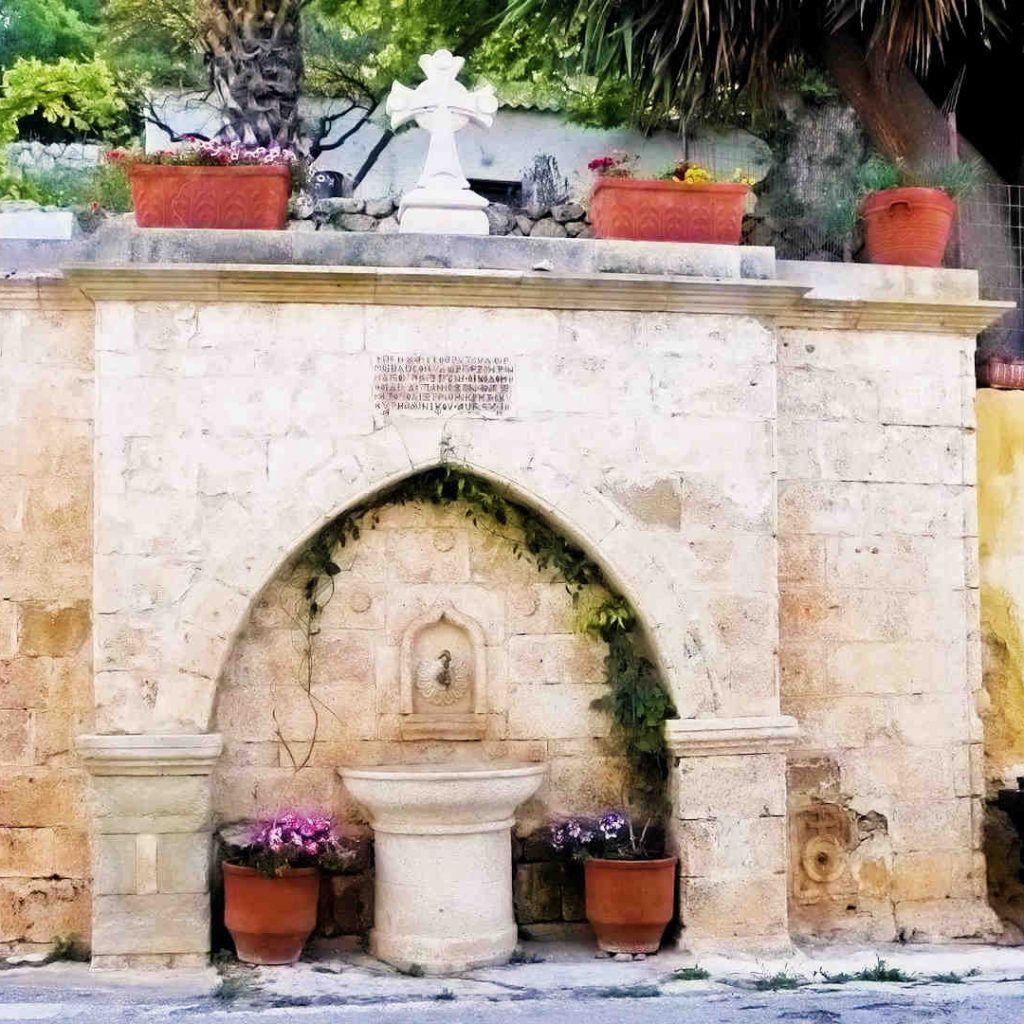
1634 – the church of the monastery is completed – consecrated to the Assumption of Virgin Mary – feast of this event: 15. August
– major attacks on the monastery: among others in 1645, 1652
1662 – the patriarch placed a cross in the foundations of the church, therefore it became a stauropegion monastery – the Ecumenical Patriarchate took control
1708 – the fountain, which can be seen in front of the entrance, is completed
1805 – the Chapel of St. Nicholas and St. Charalambos is built
– the narthex was built in the main church – this is a feature of the Byzantine church: the foyer opposite the main altar of the church
– the dome
– the area around the court: the abode of the abbot and the monks of the monastery
– during the Ottoman occupation, the monastery of Gonia was a small fortress: a refuge for the rebels. Therefore, it was constantly the target of the conquerors.
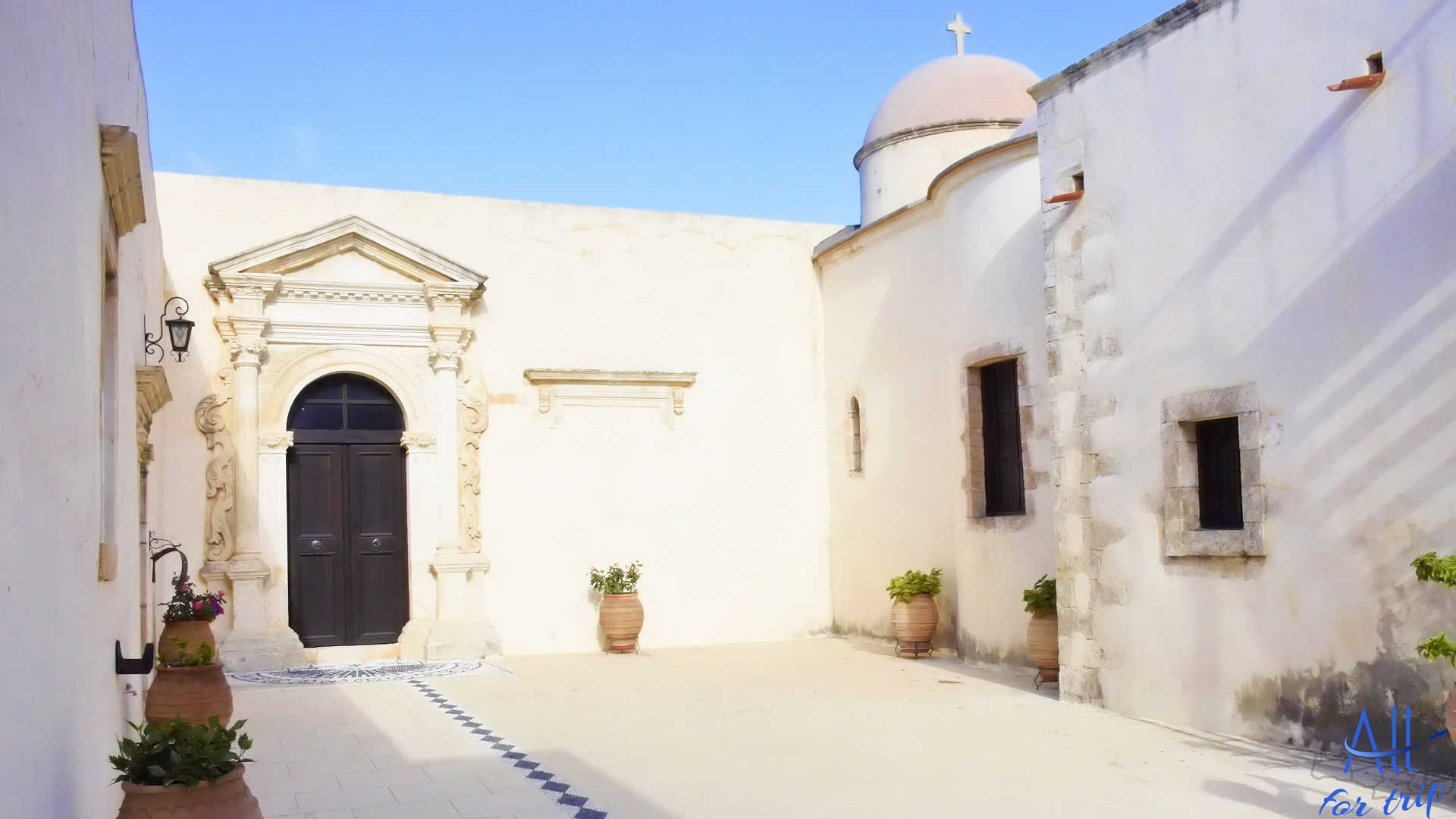
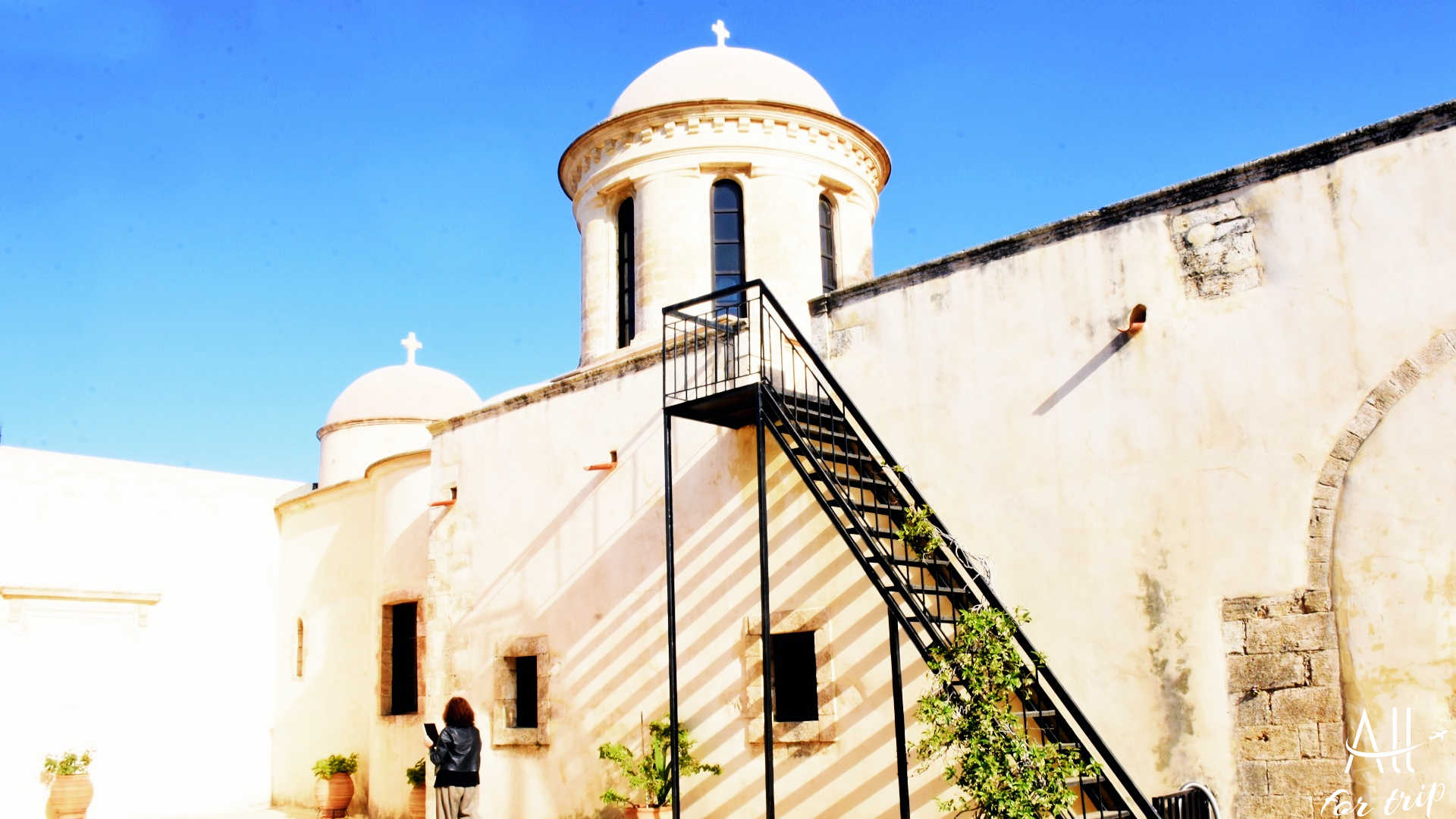
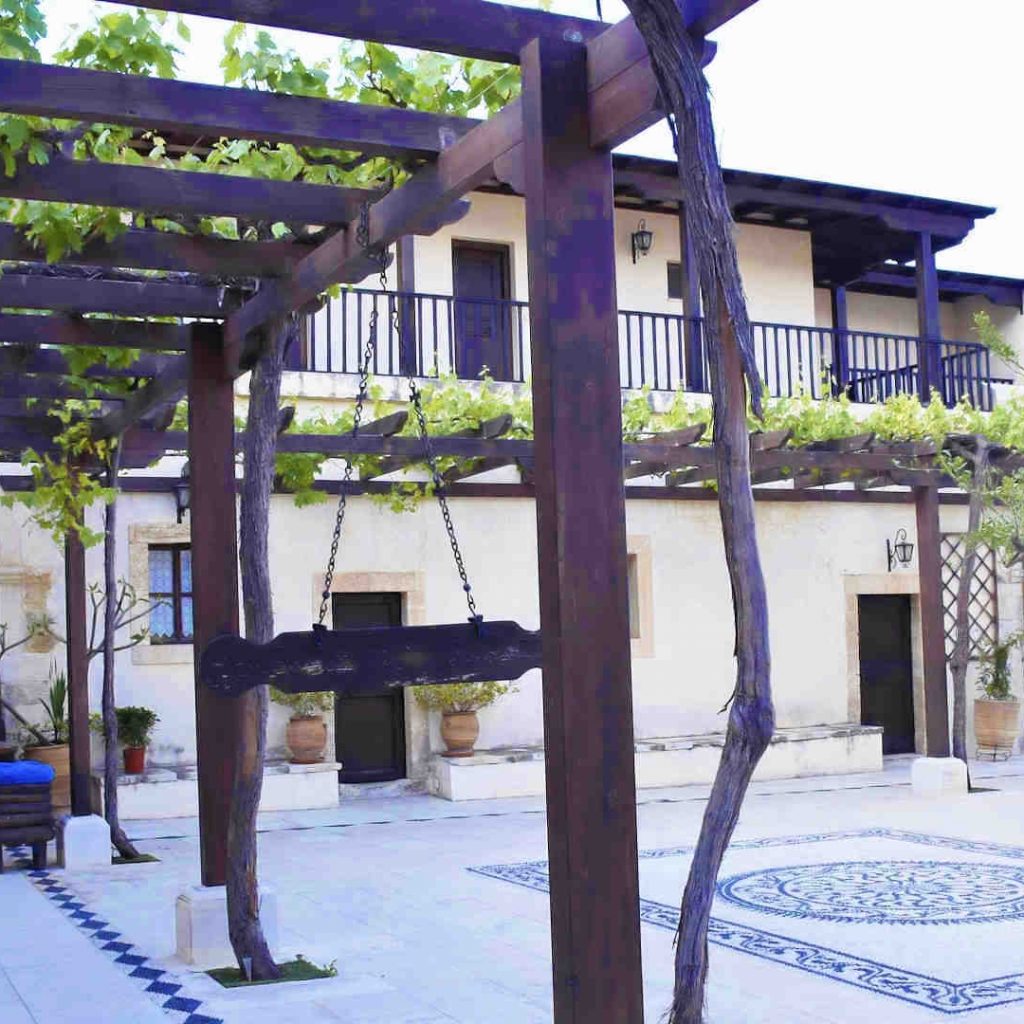
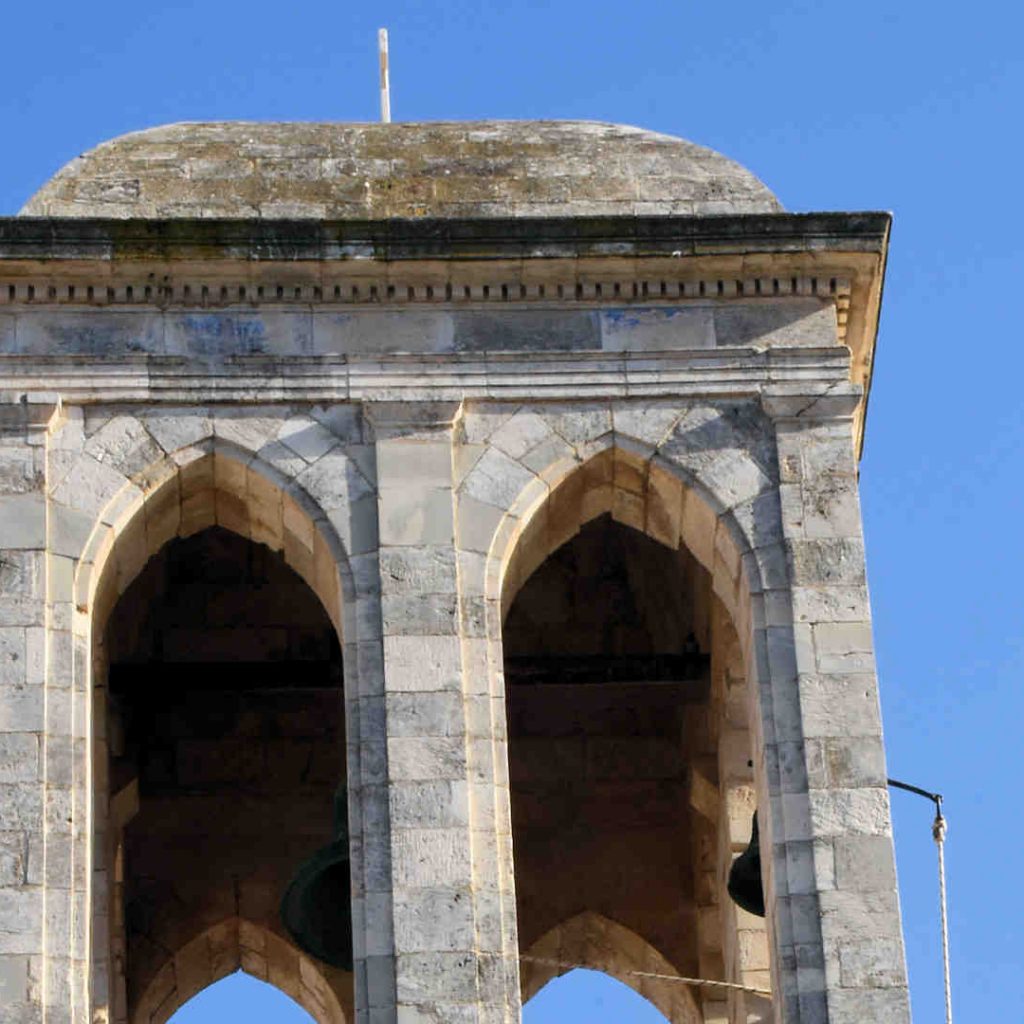
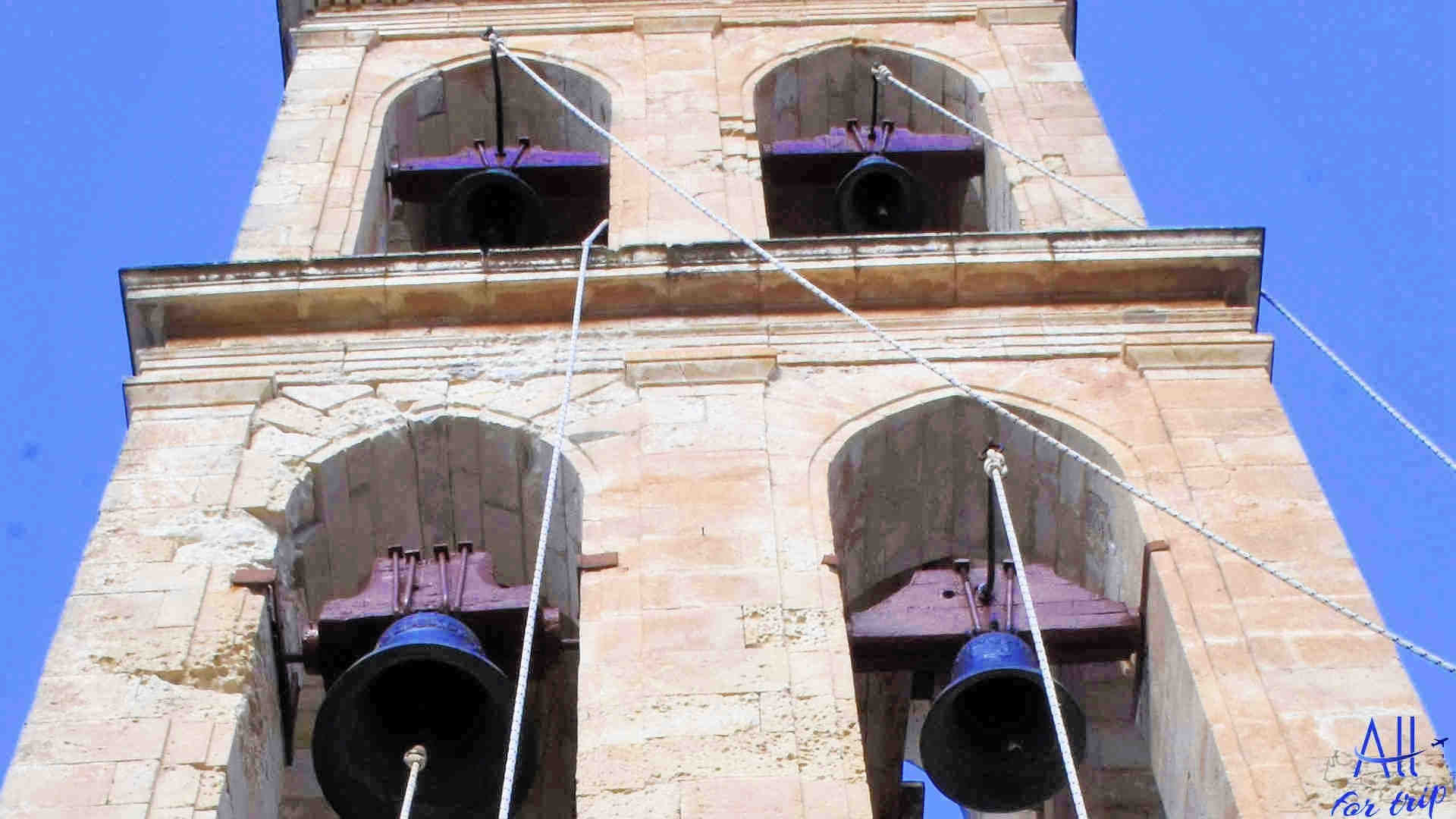
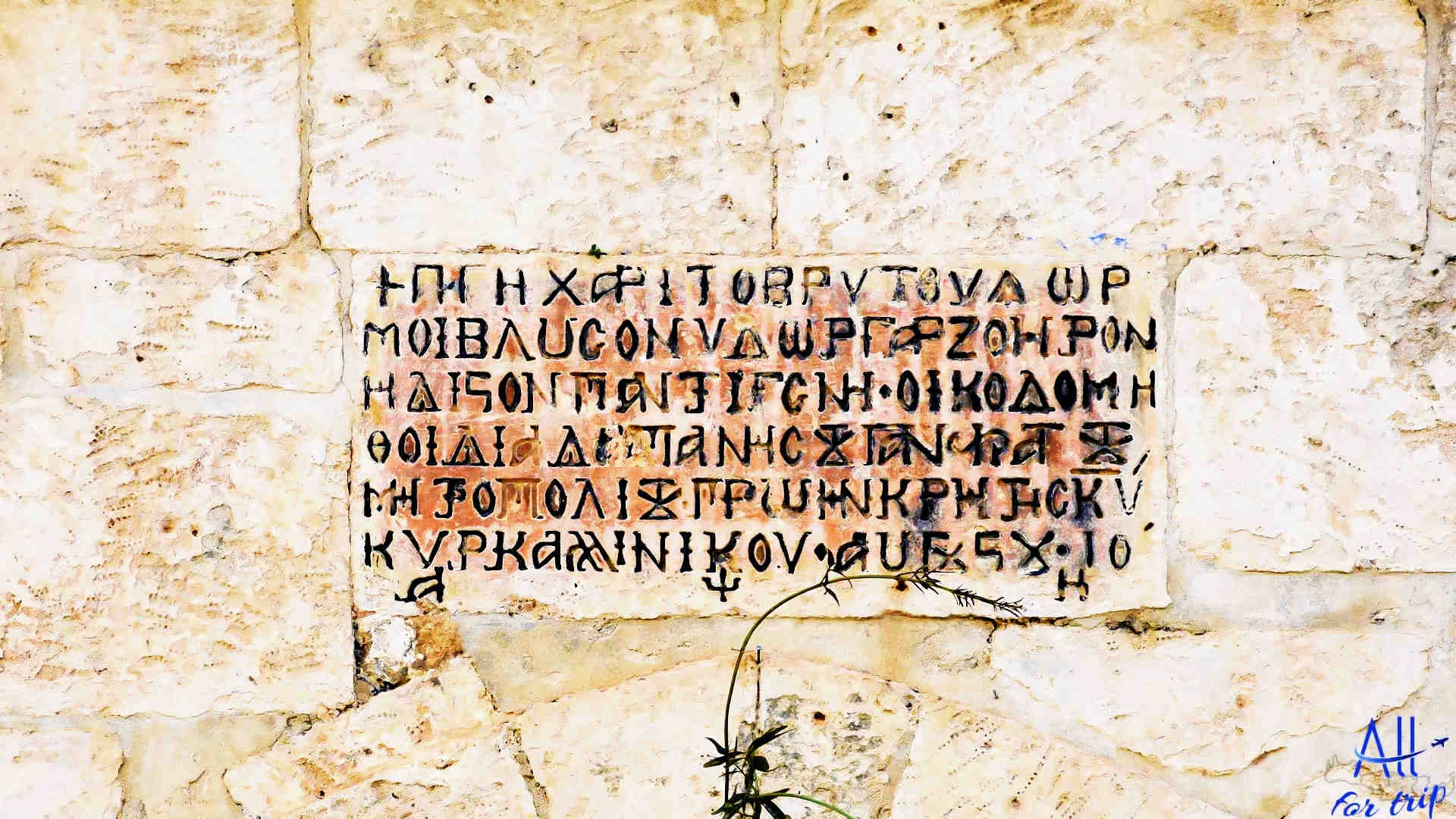
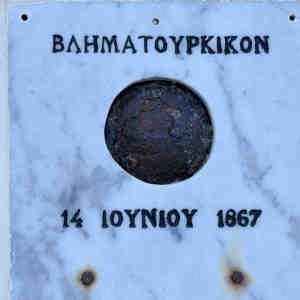
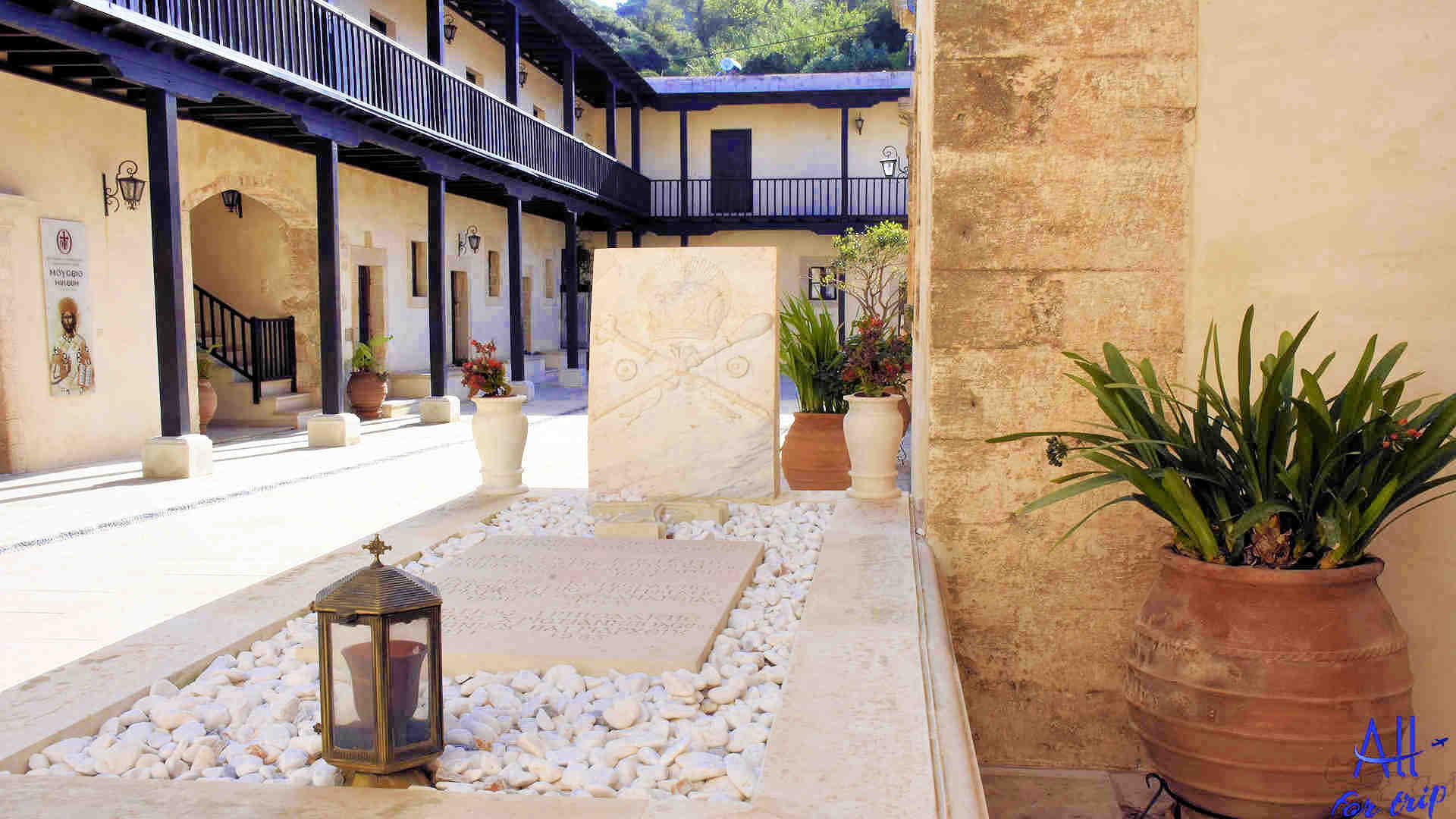
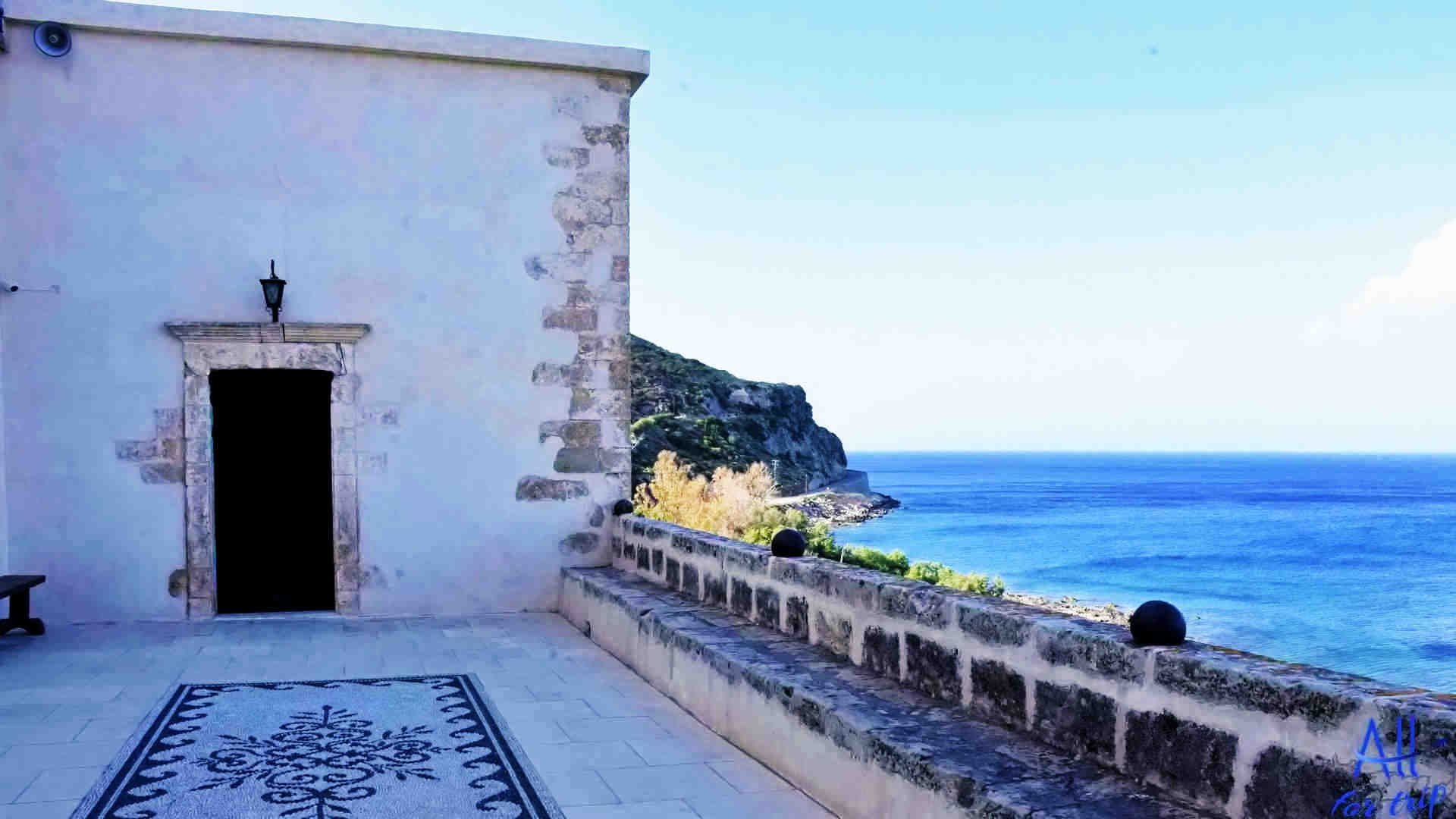
Inside the monastery is the Church Museum
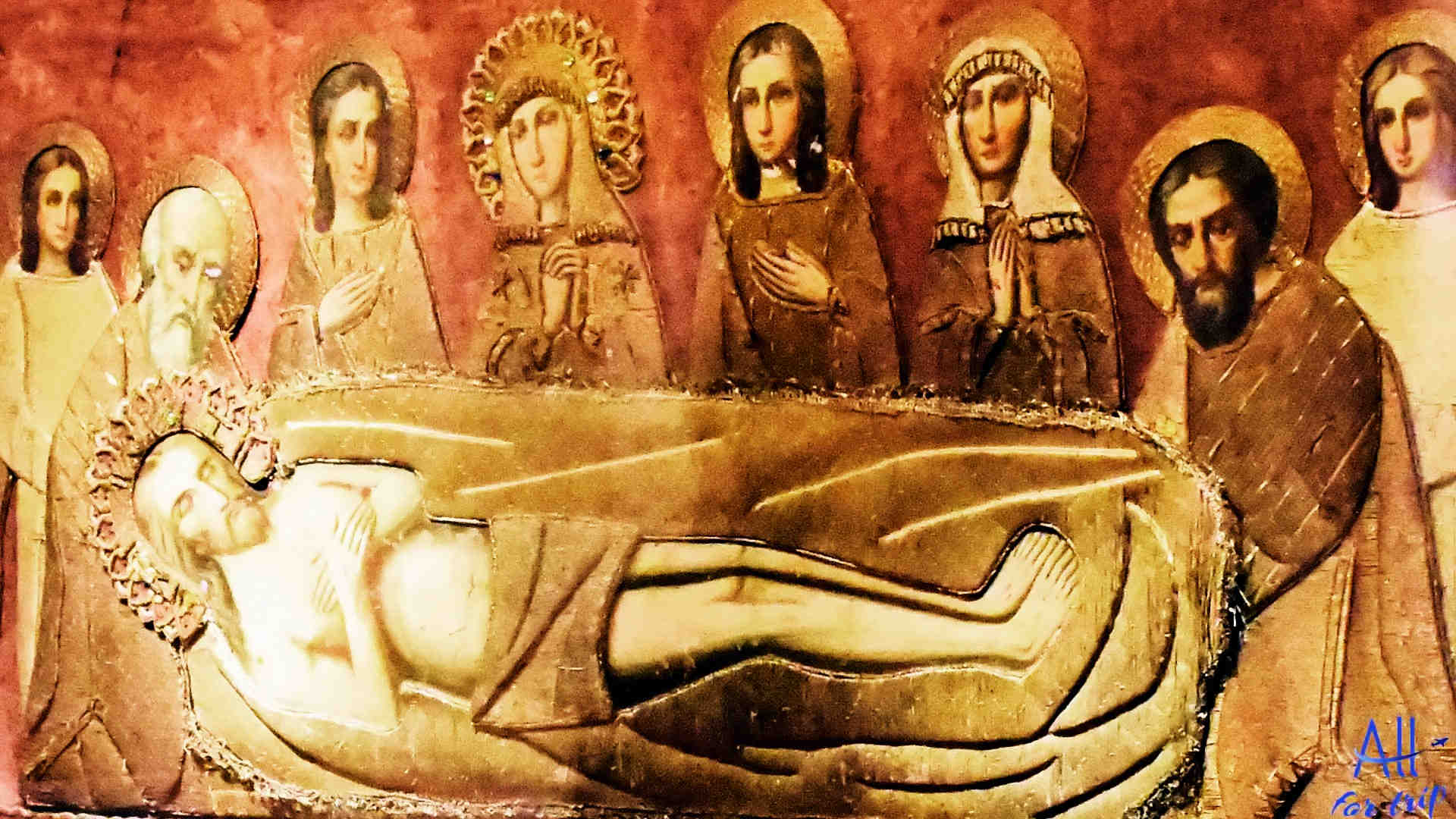
– collection of icons from the 14th century
– some very old icons (such these of Constantine Palaiokapas)
– icons made by Parthenios, Ritzos, and Neilos – 15th and 17th century- two old monastic codes: in which monks recorded in detail the history of the monastery
– manuscripts of several centuries
– sacred objects
– exhibition of church clothes
– there are several ancient inscriptions on the walls
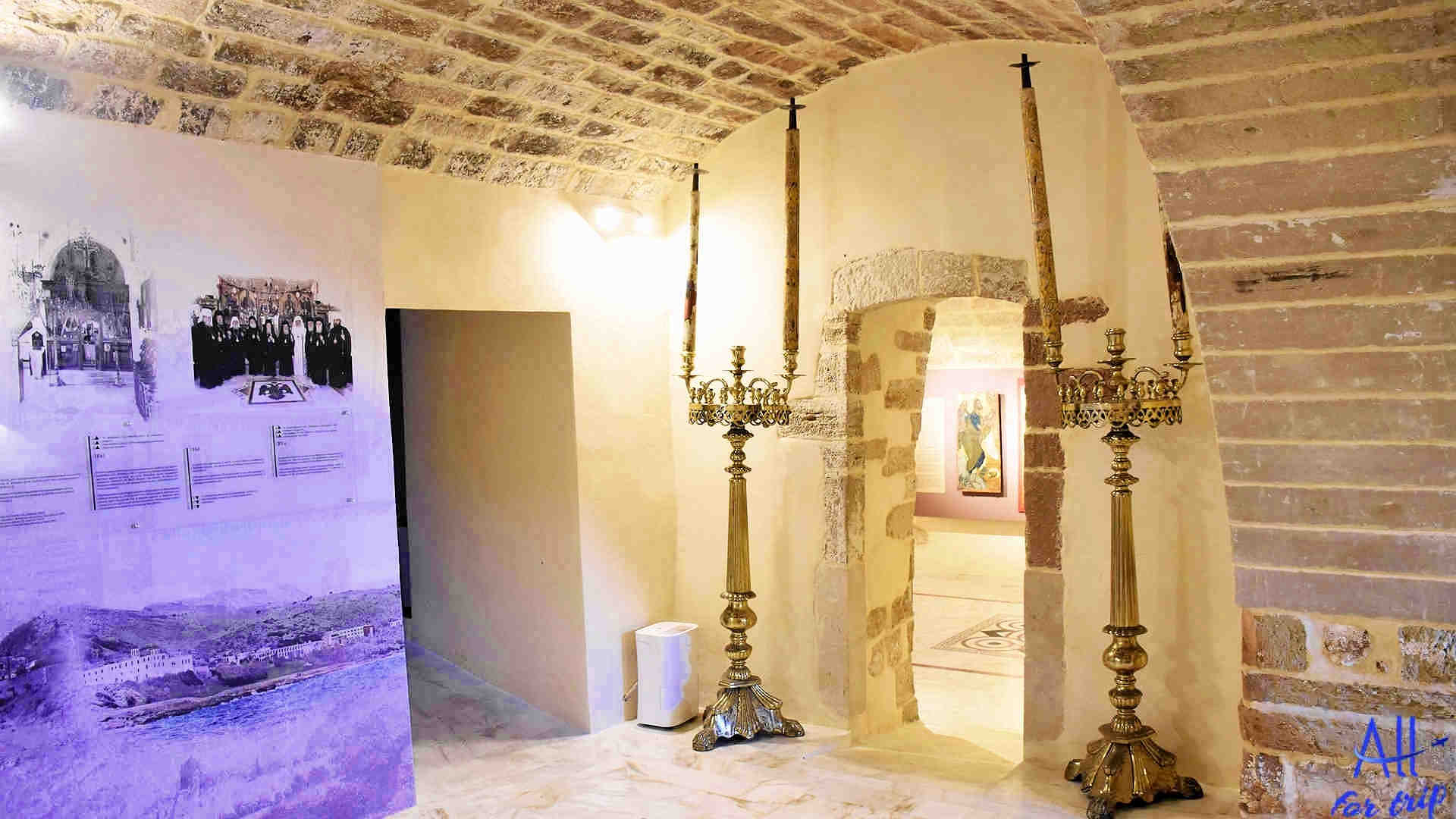
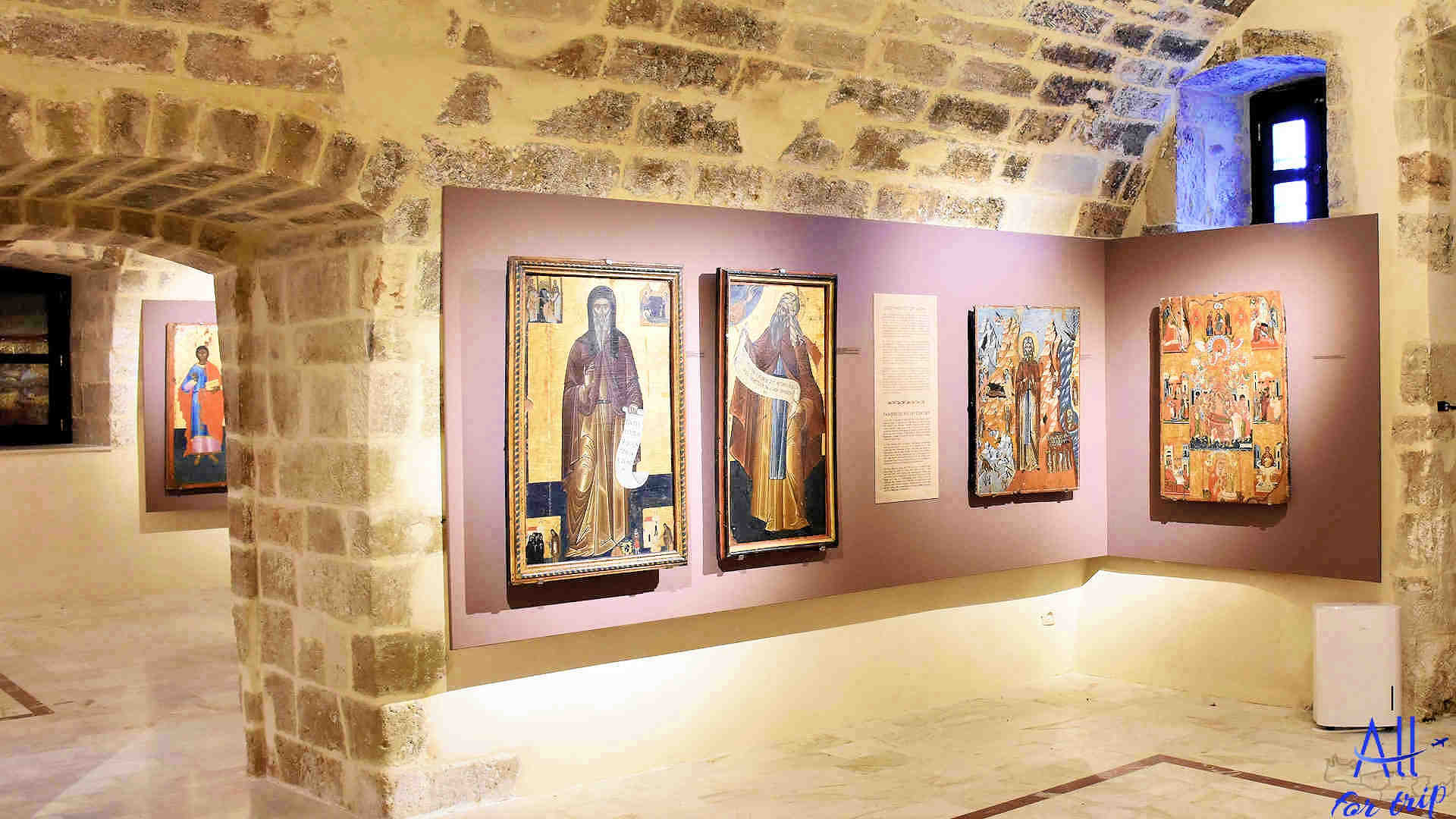
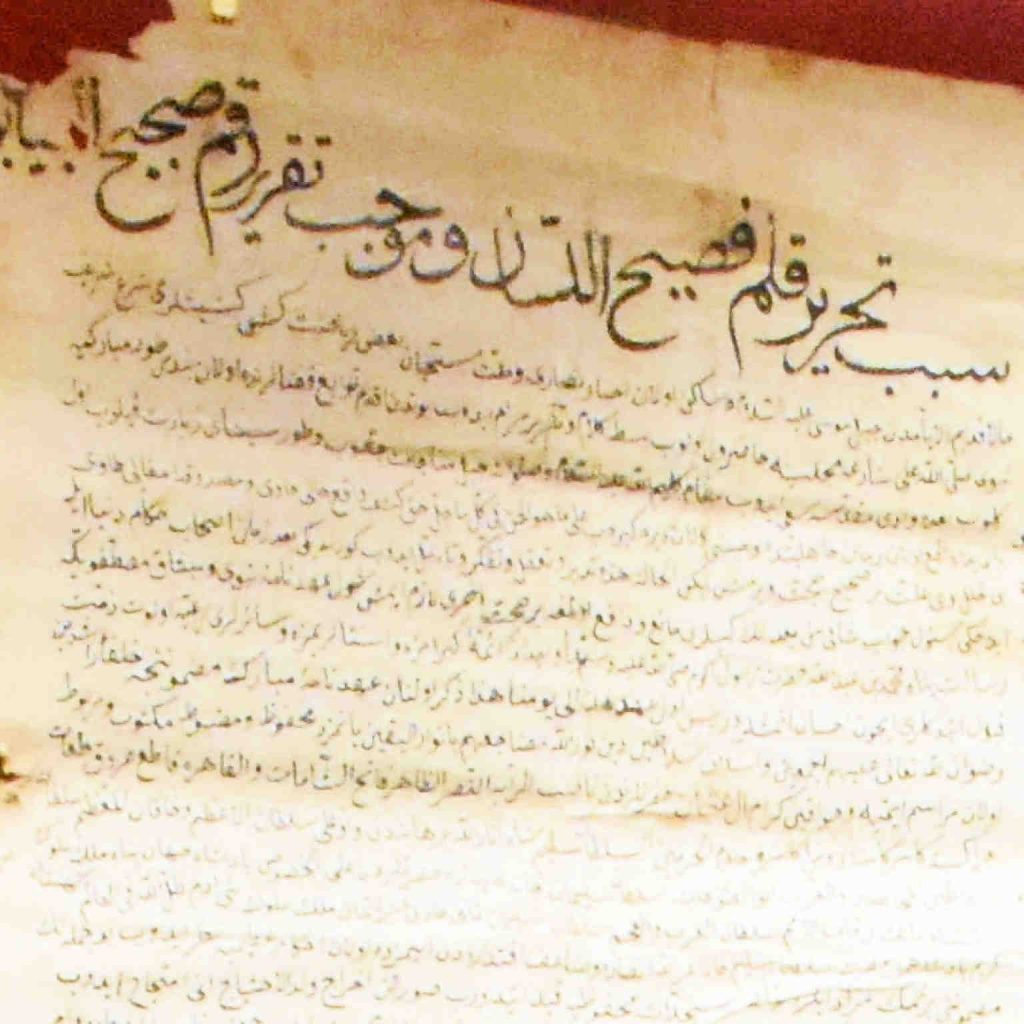
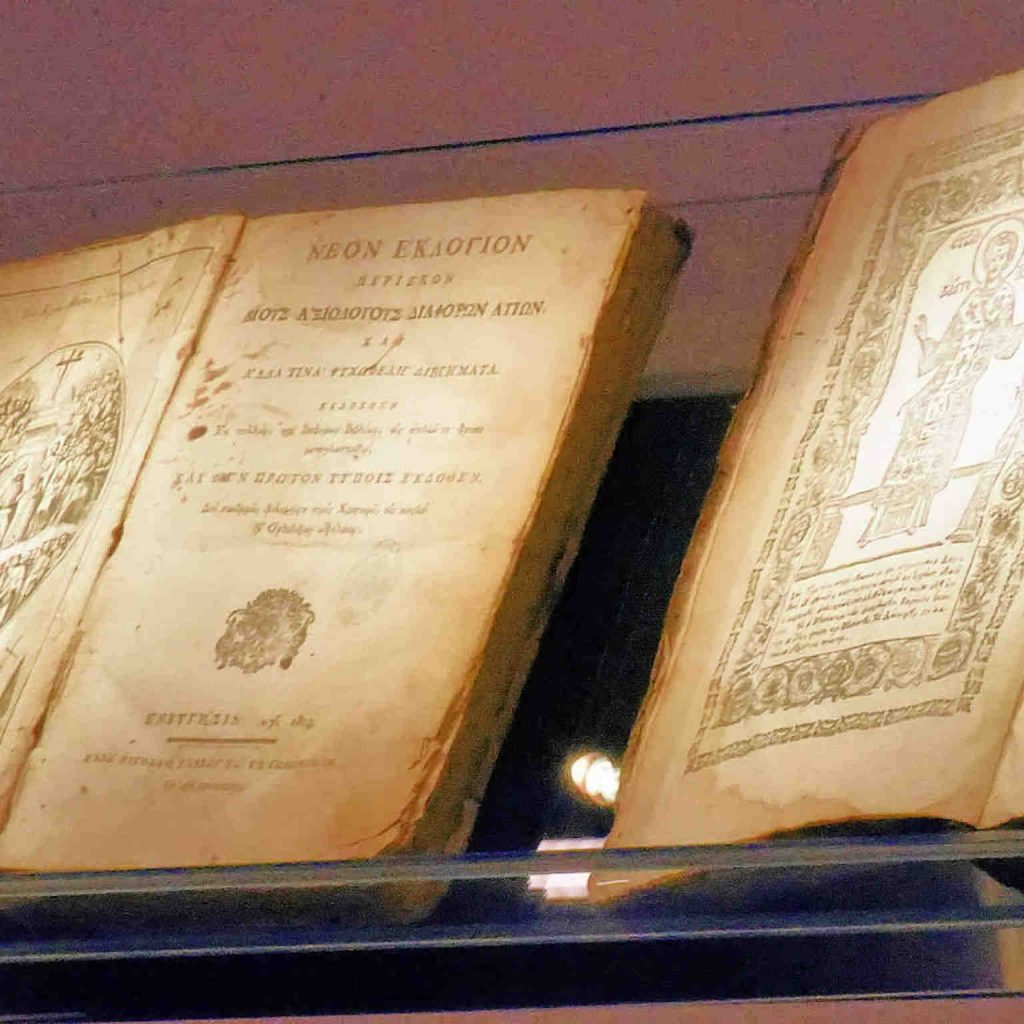
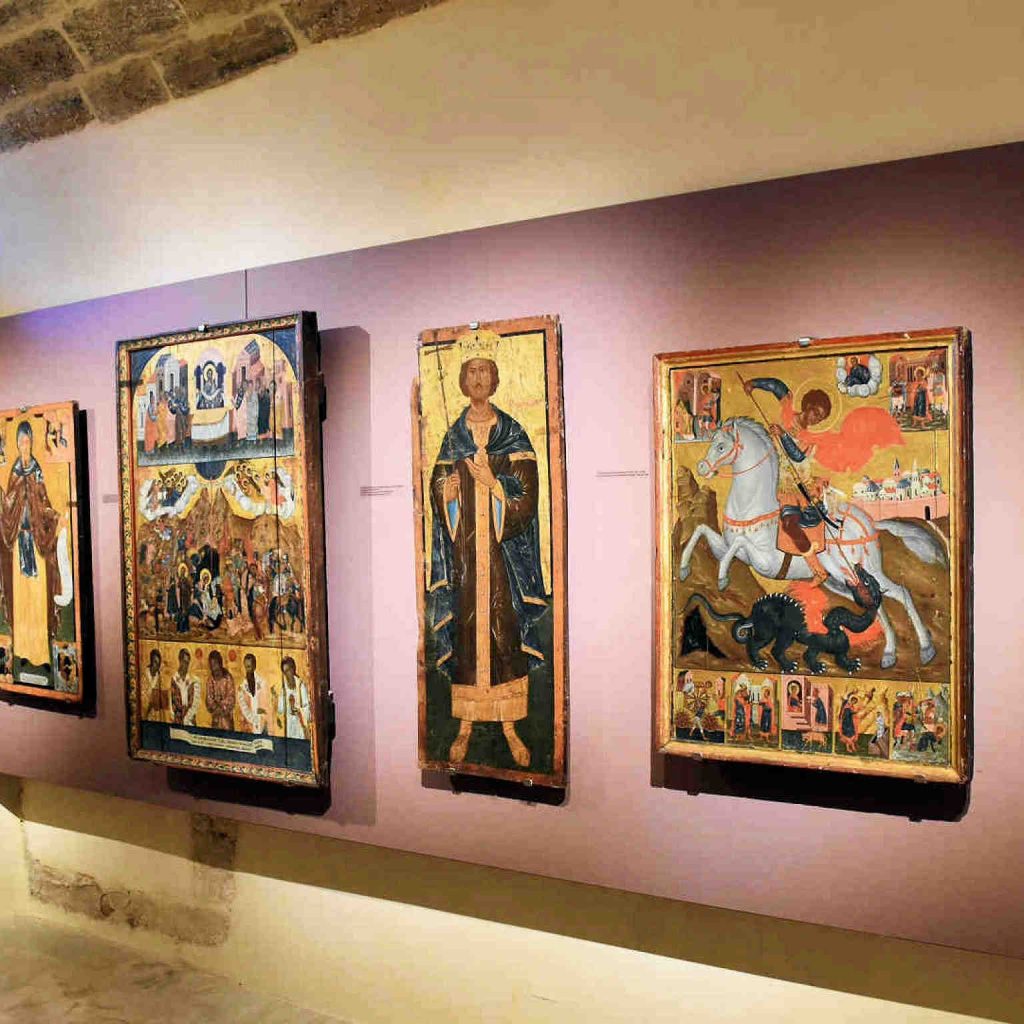
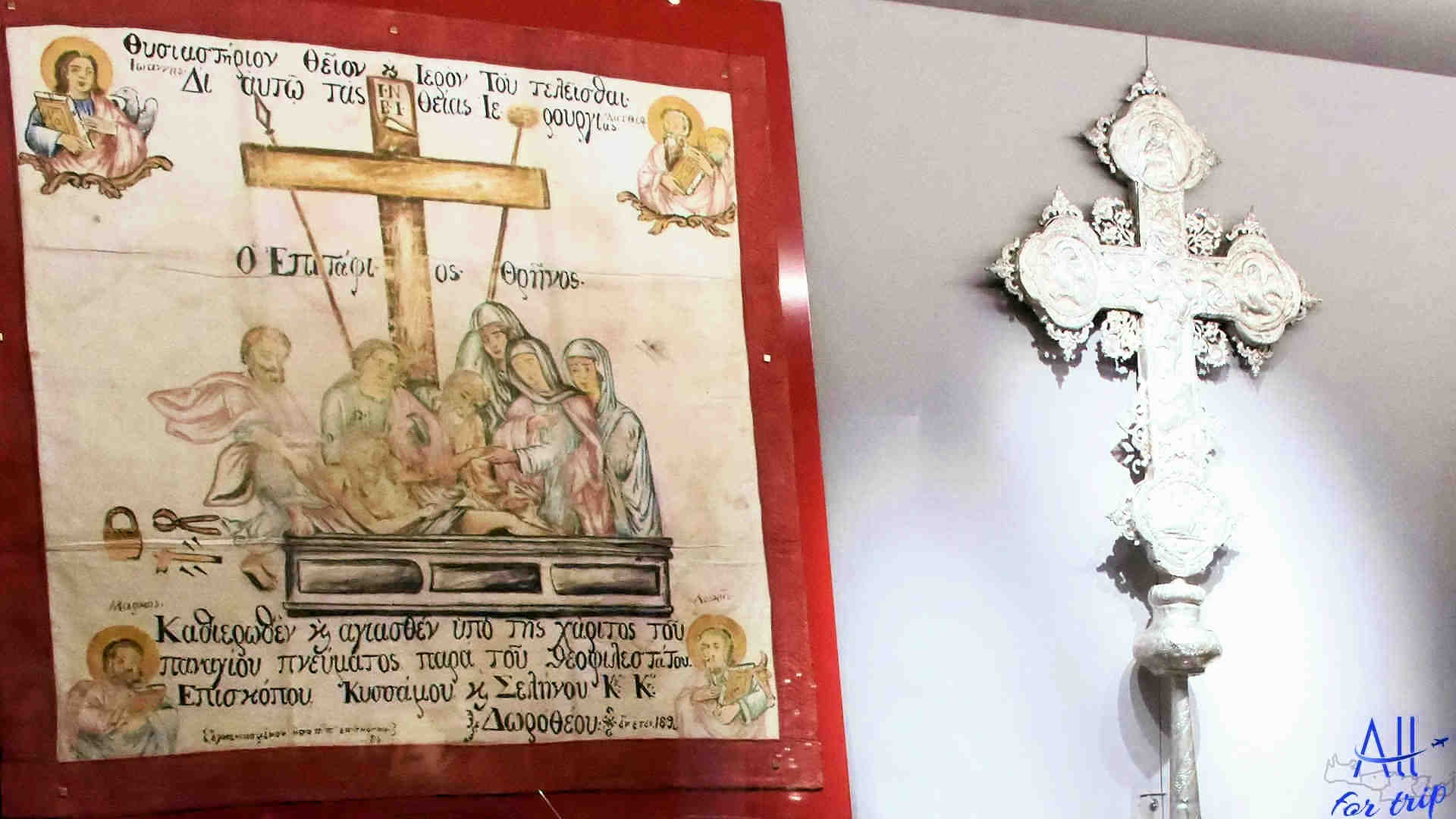
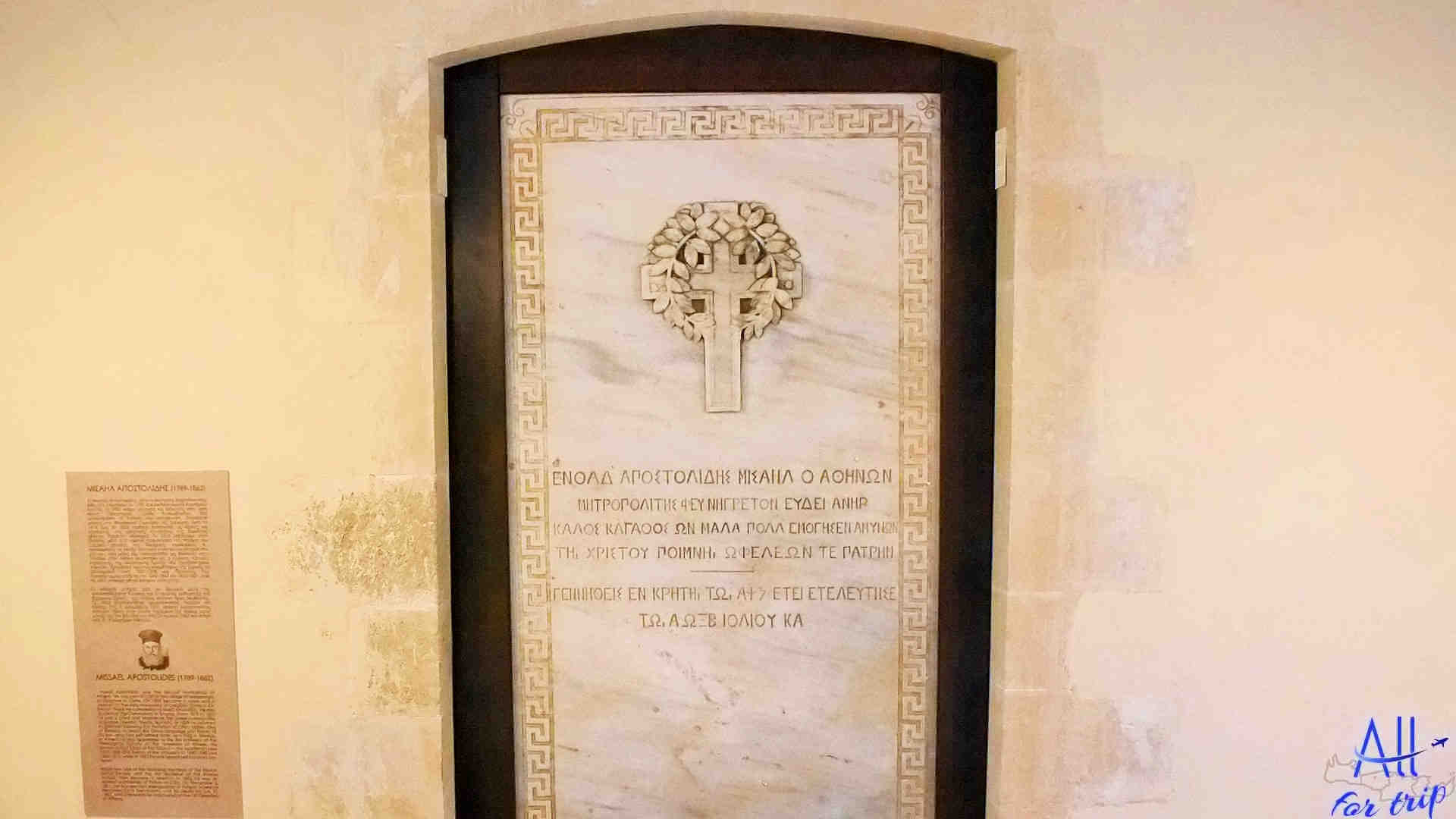
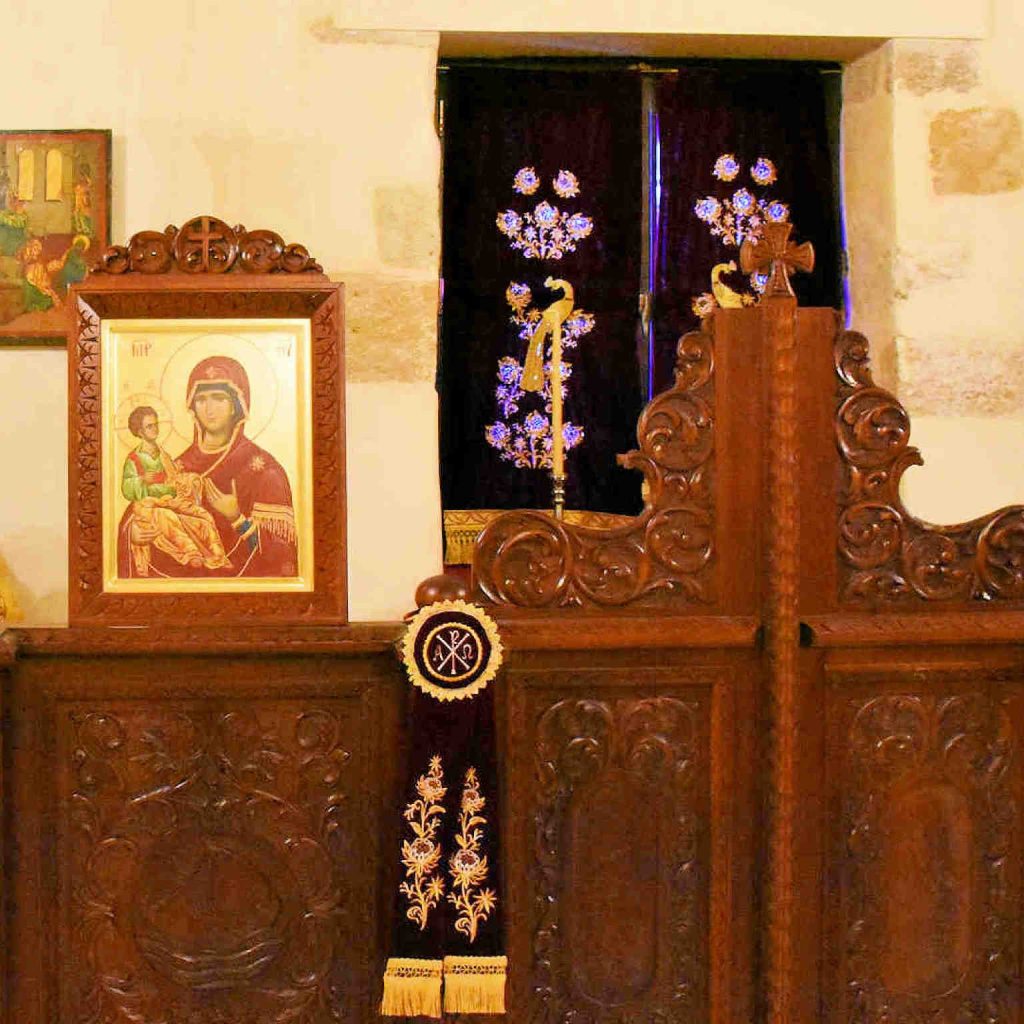
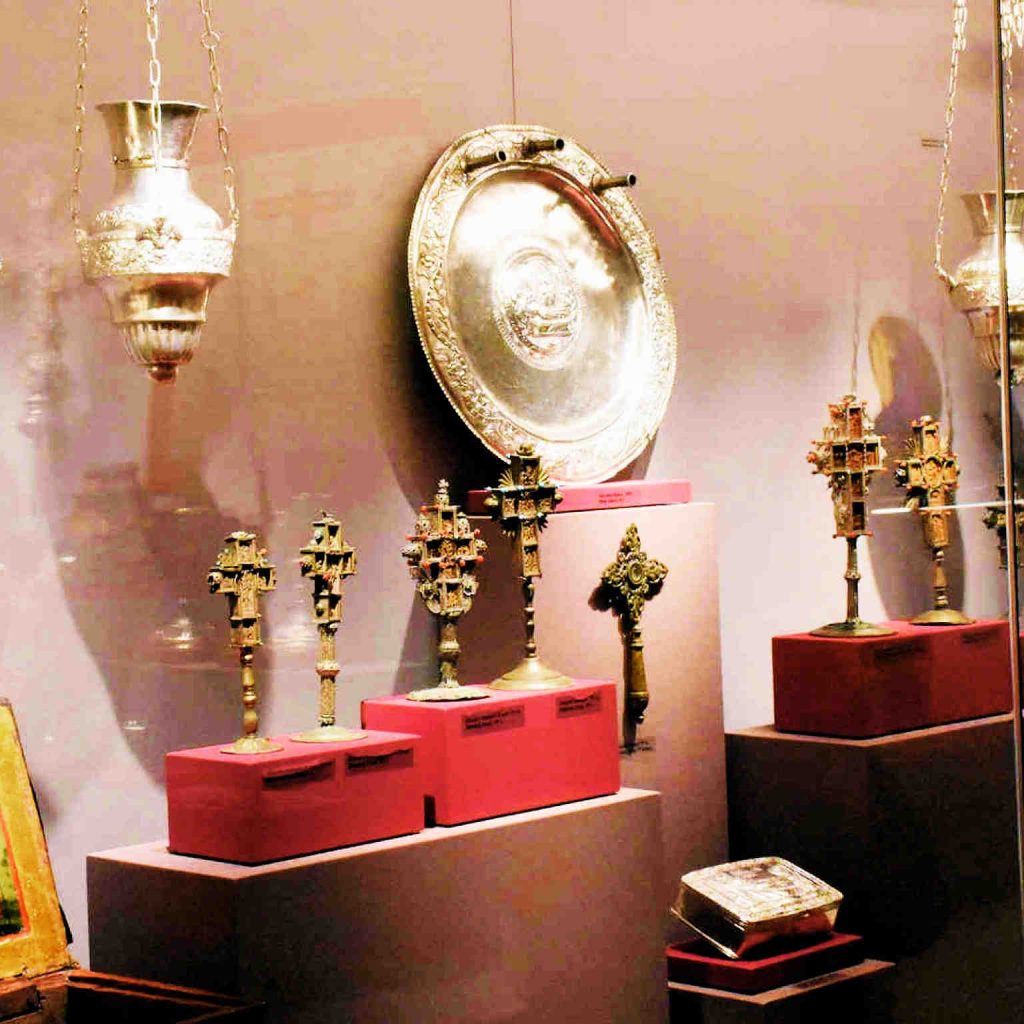
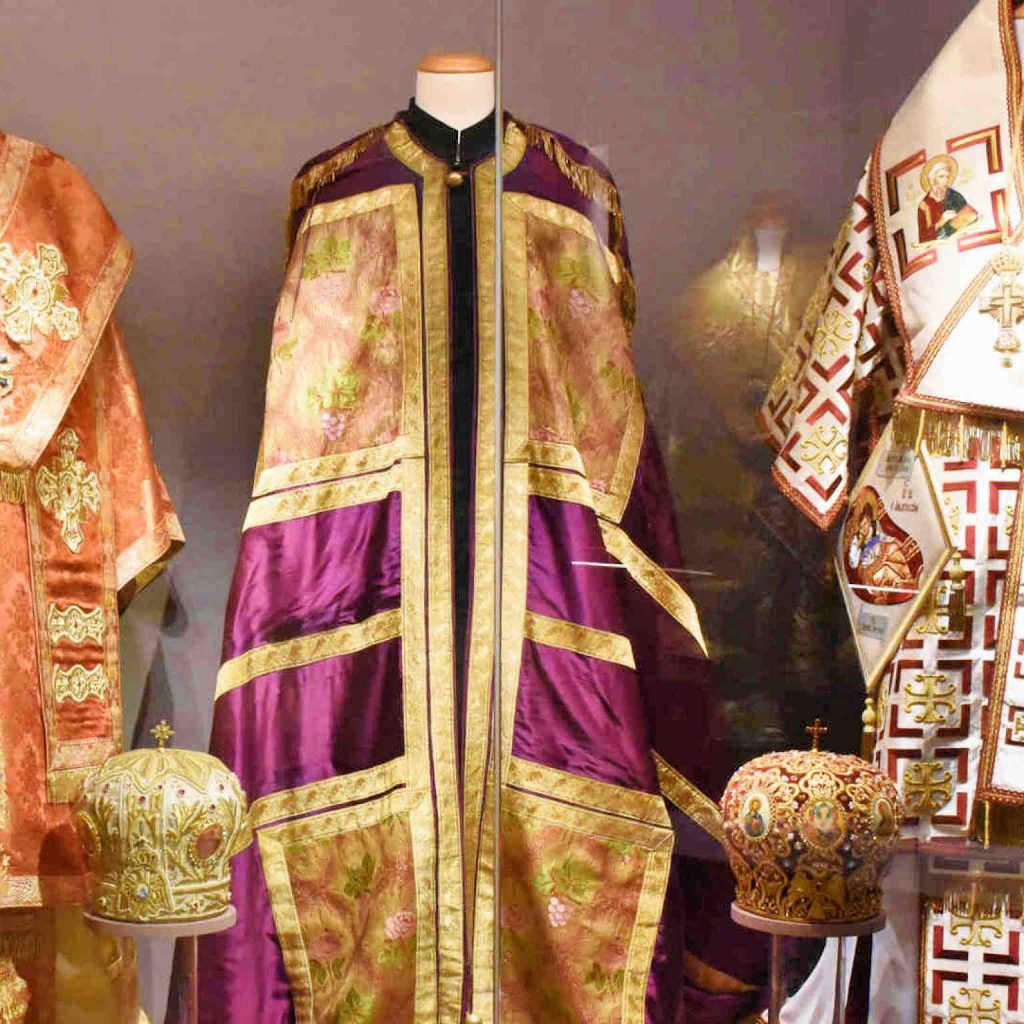
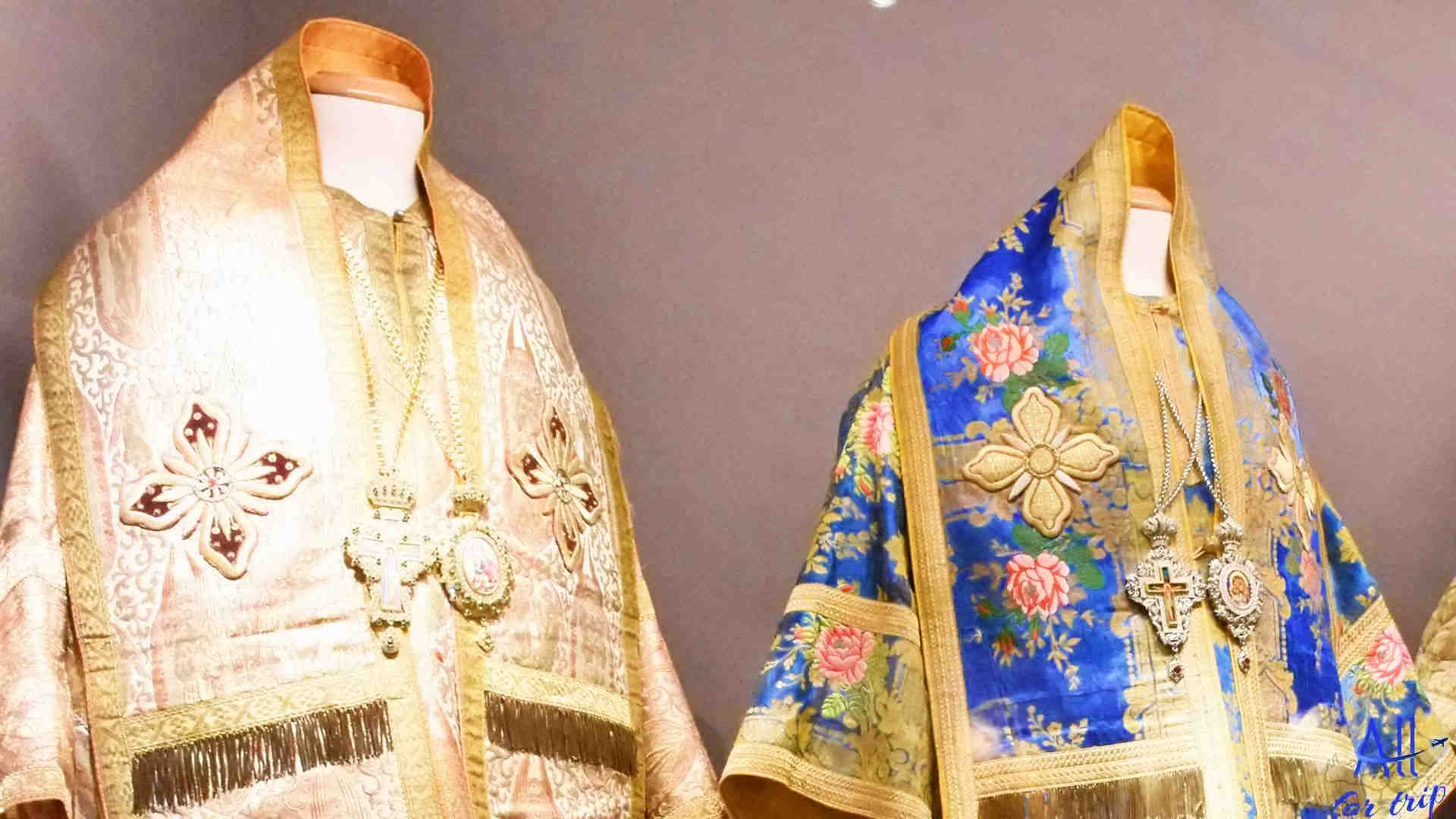
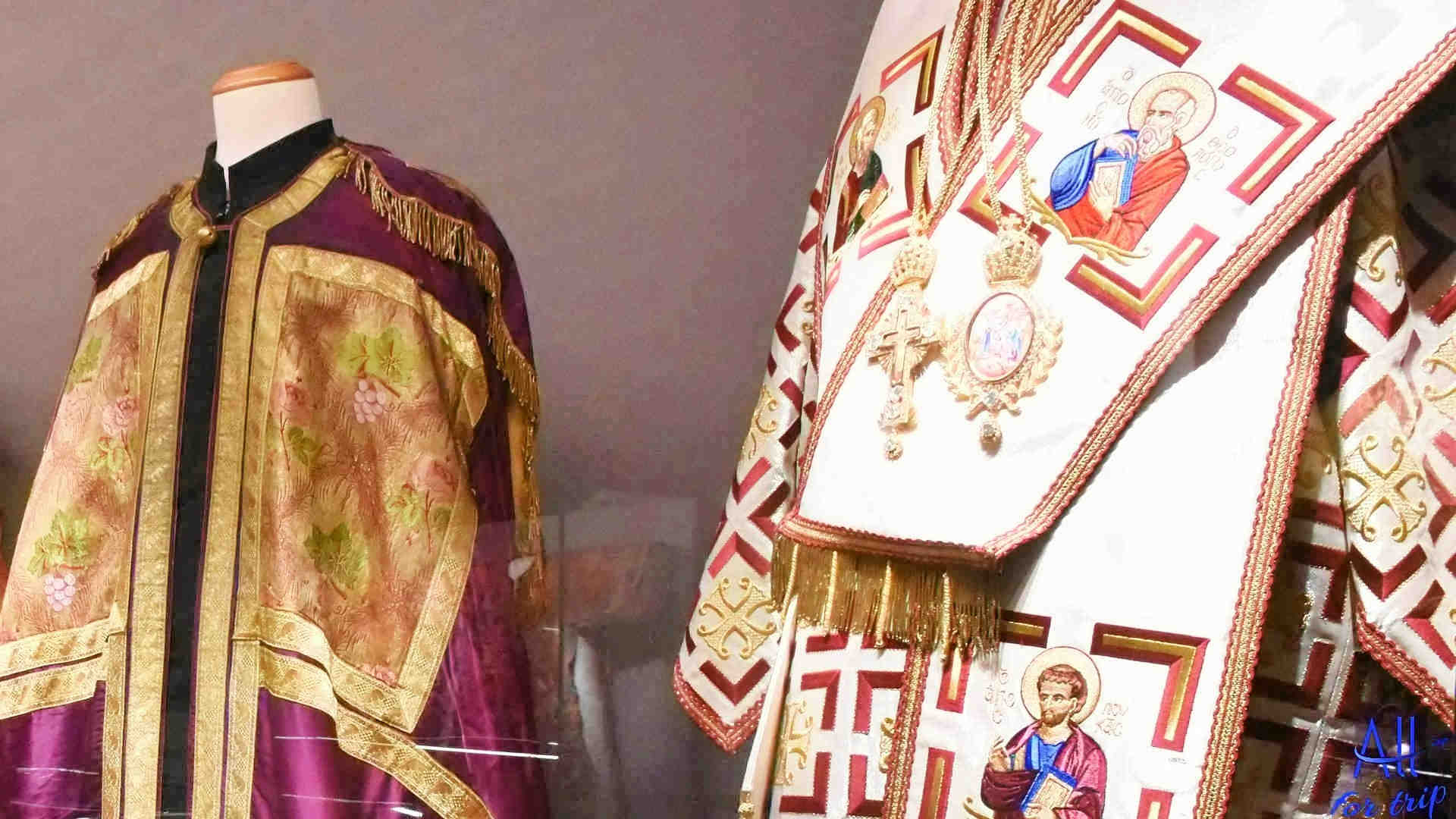

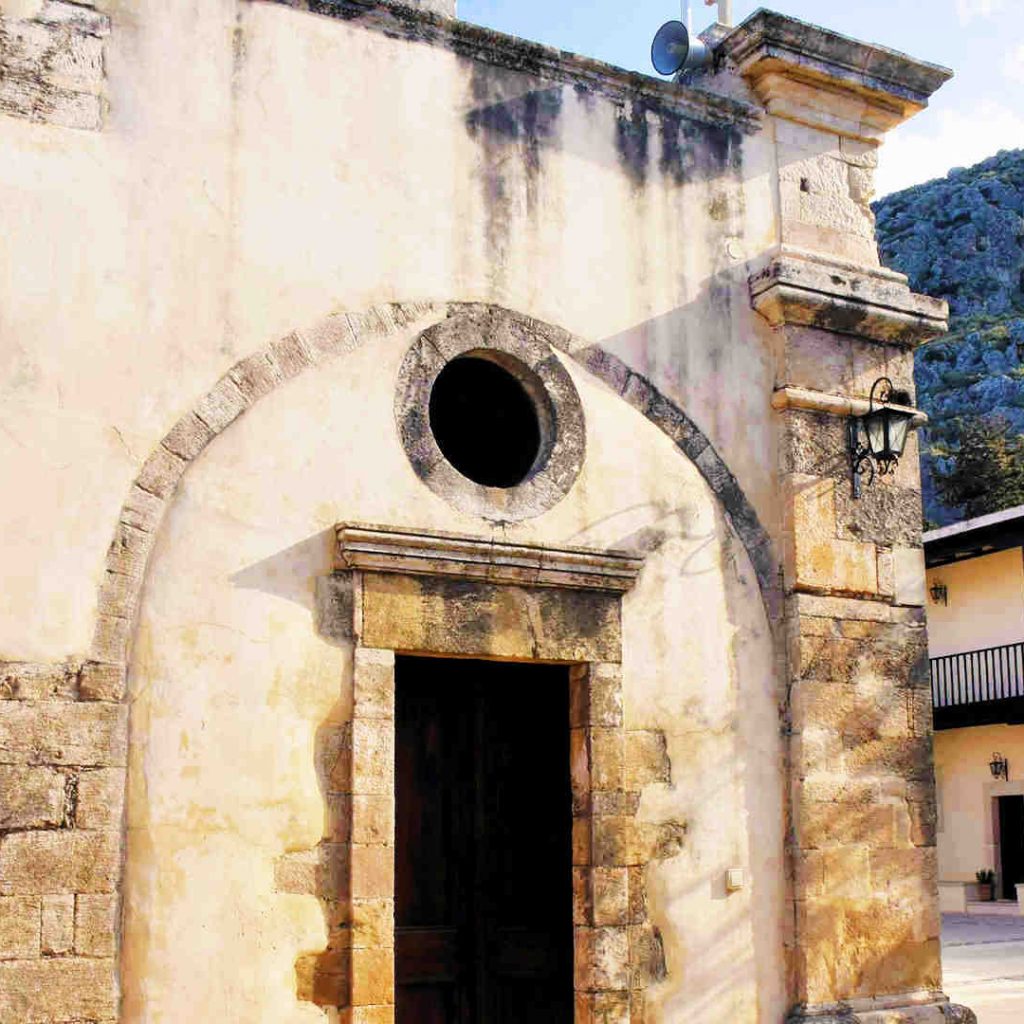
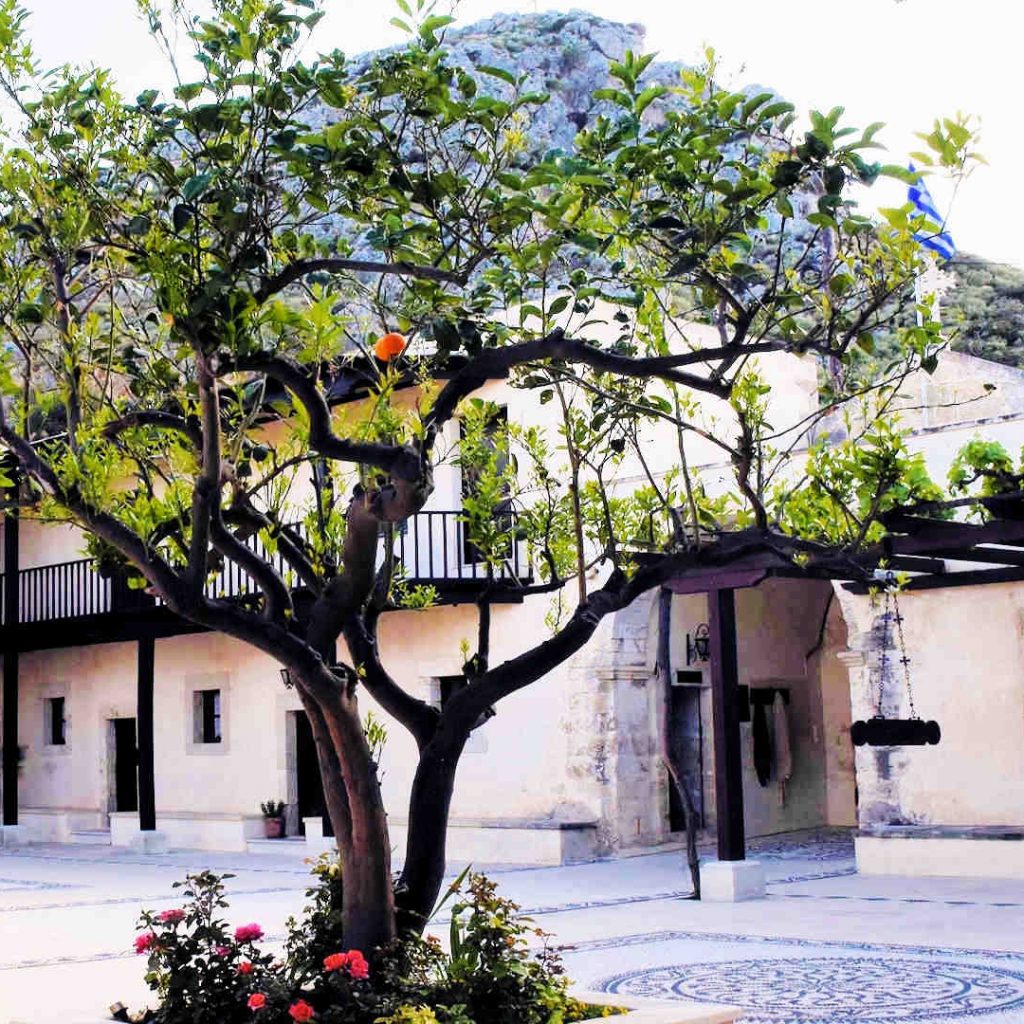

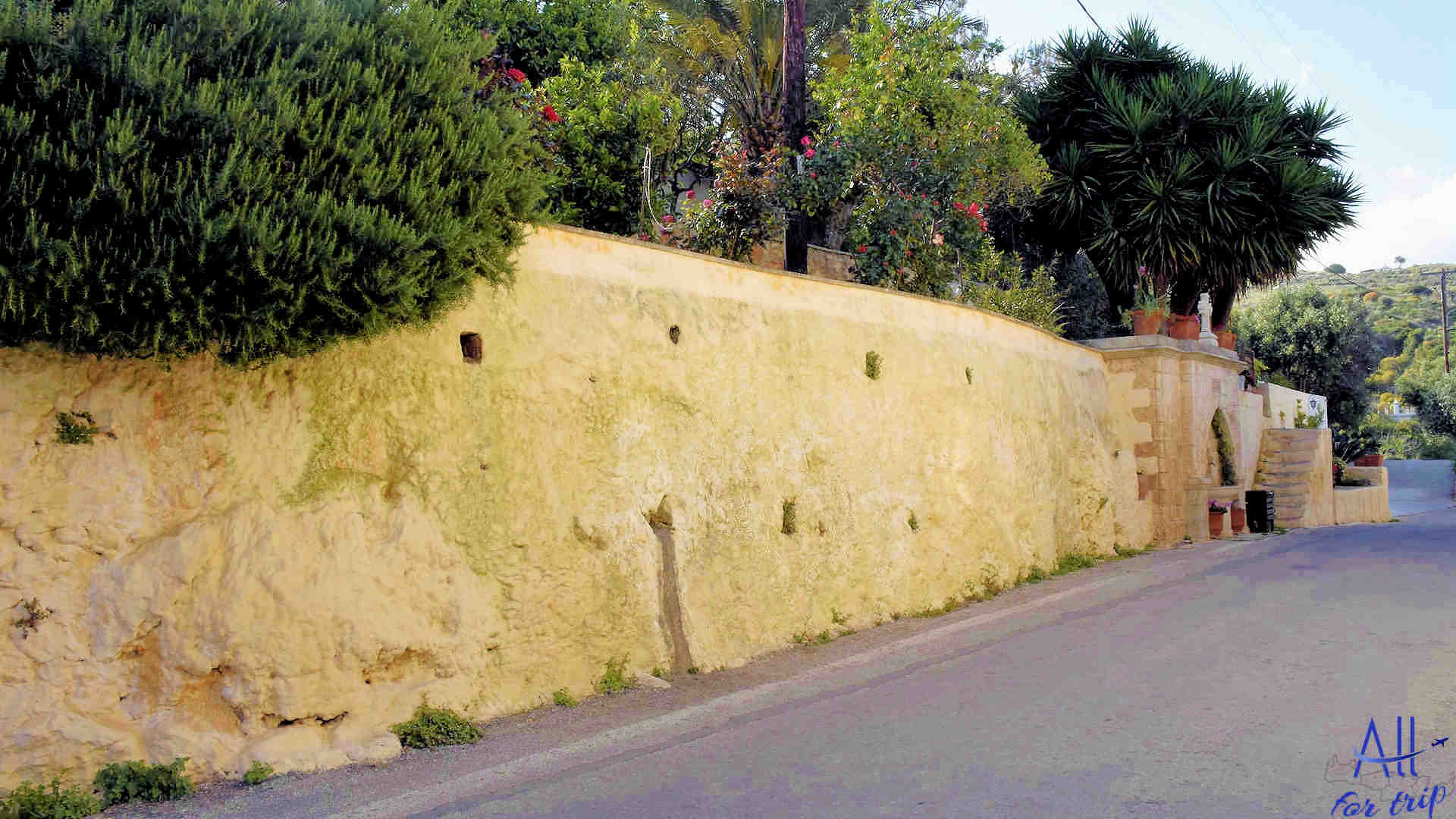
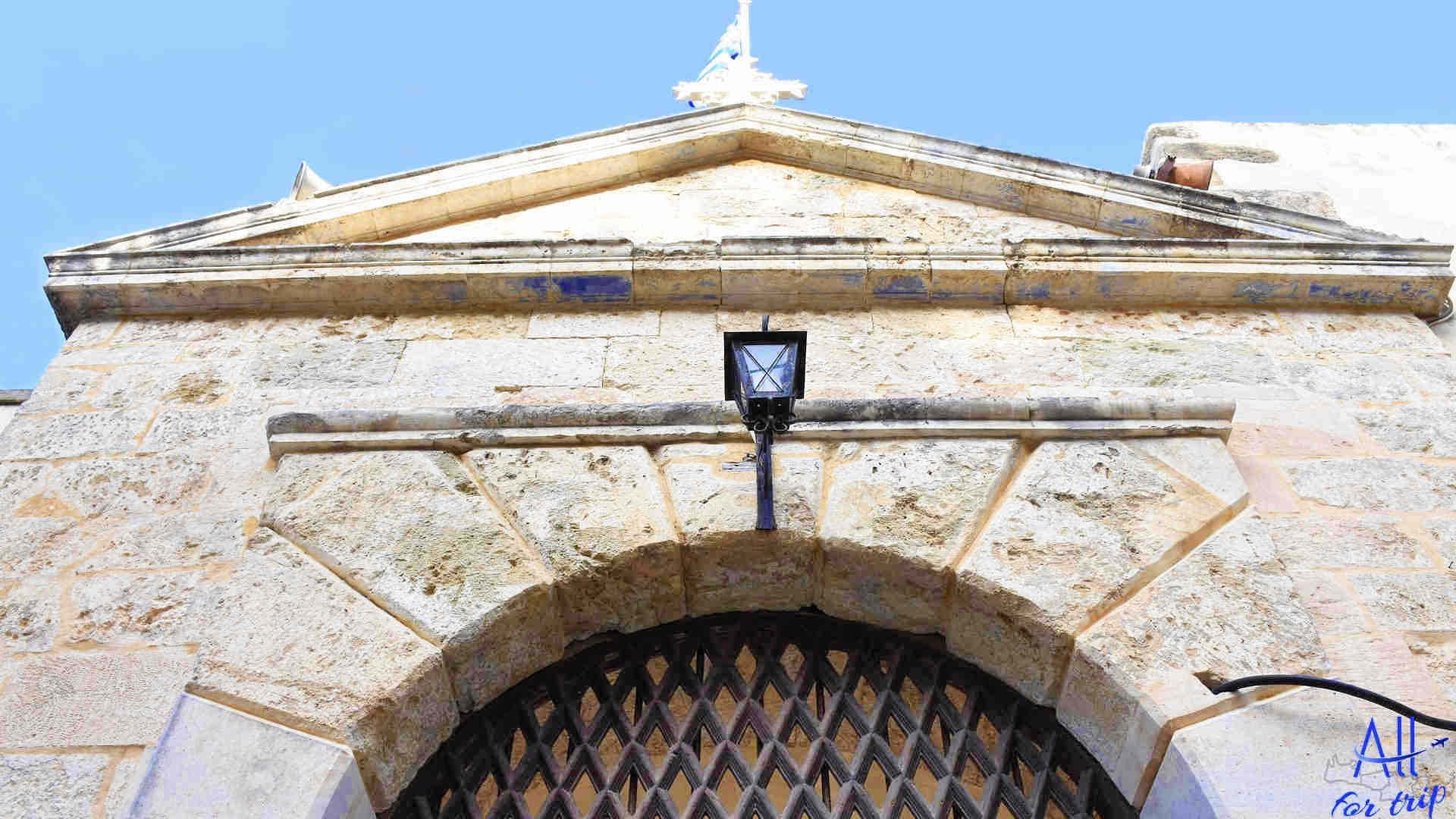
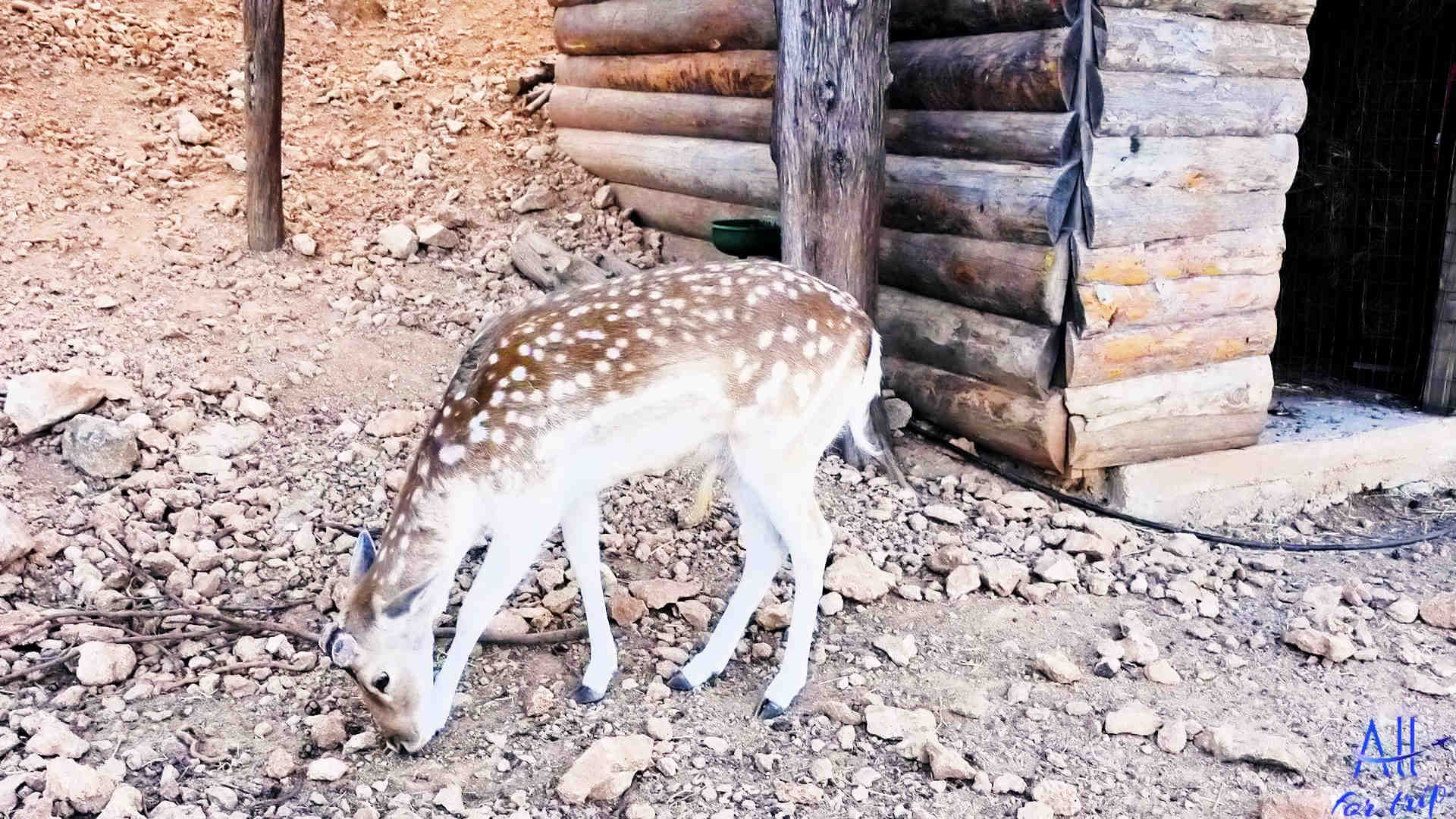
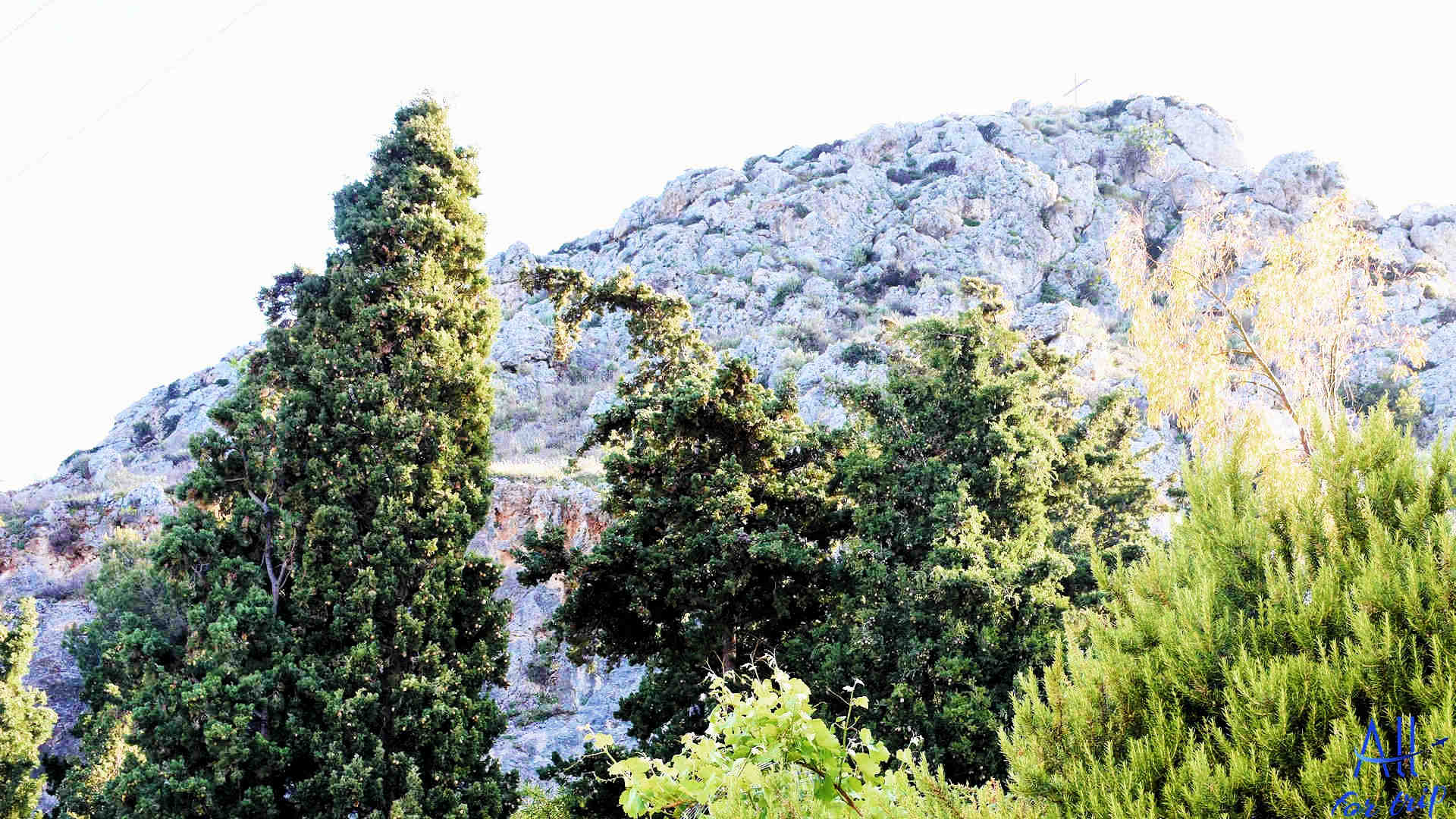
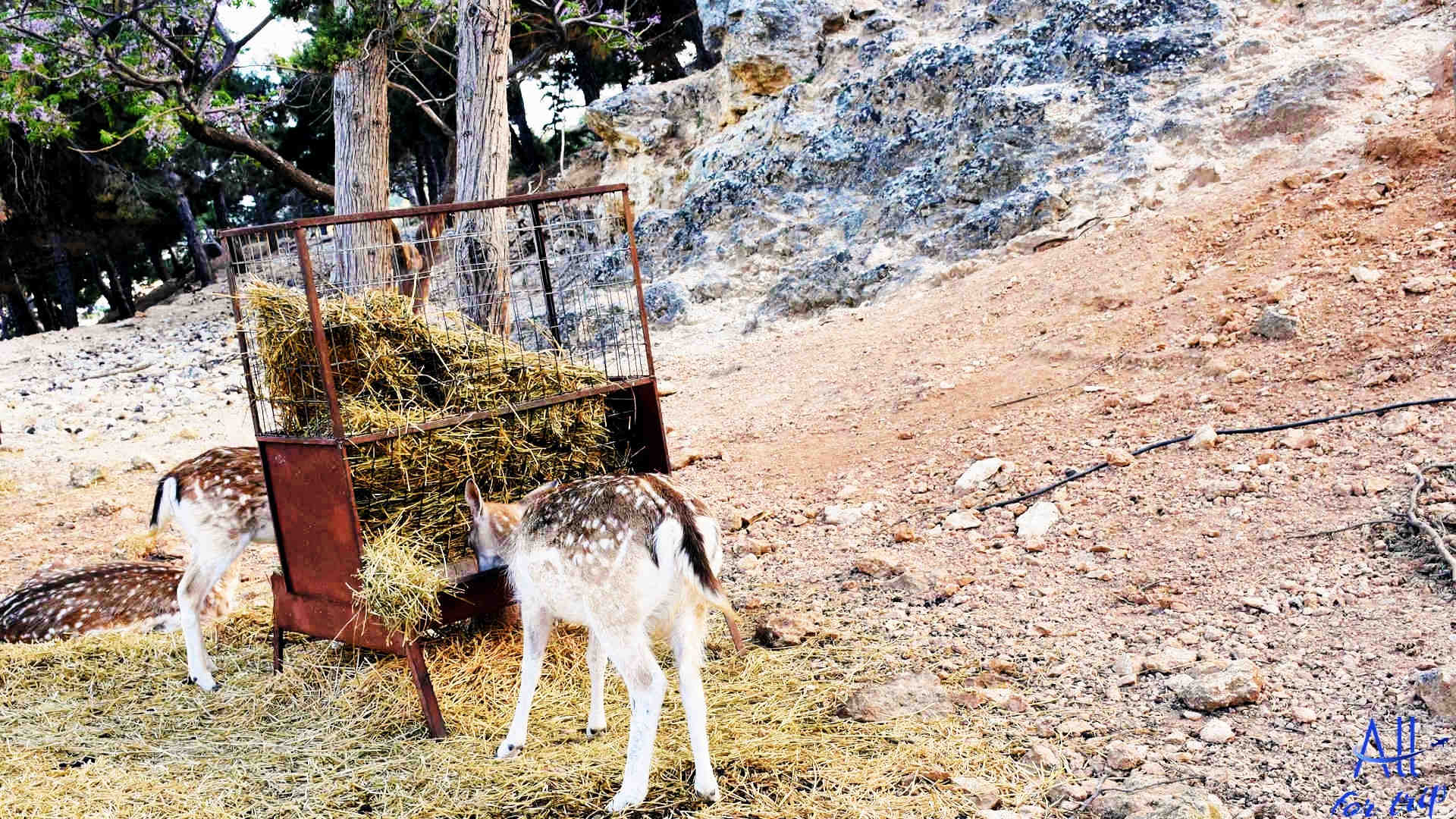

Comment (0)